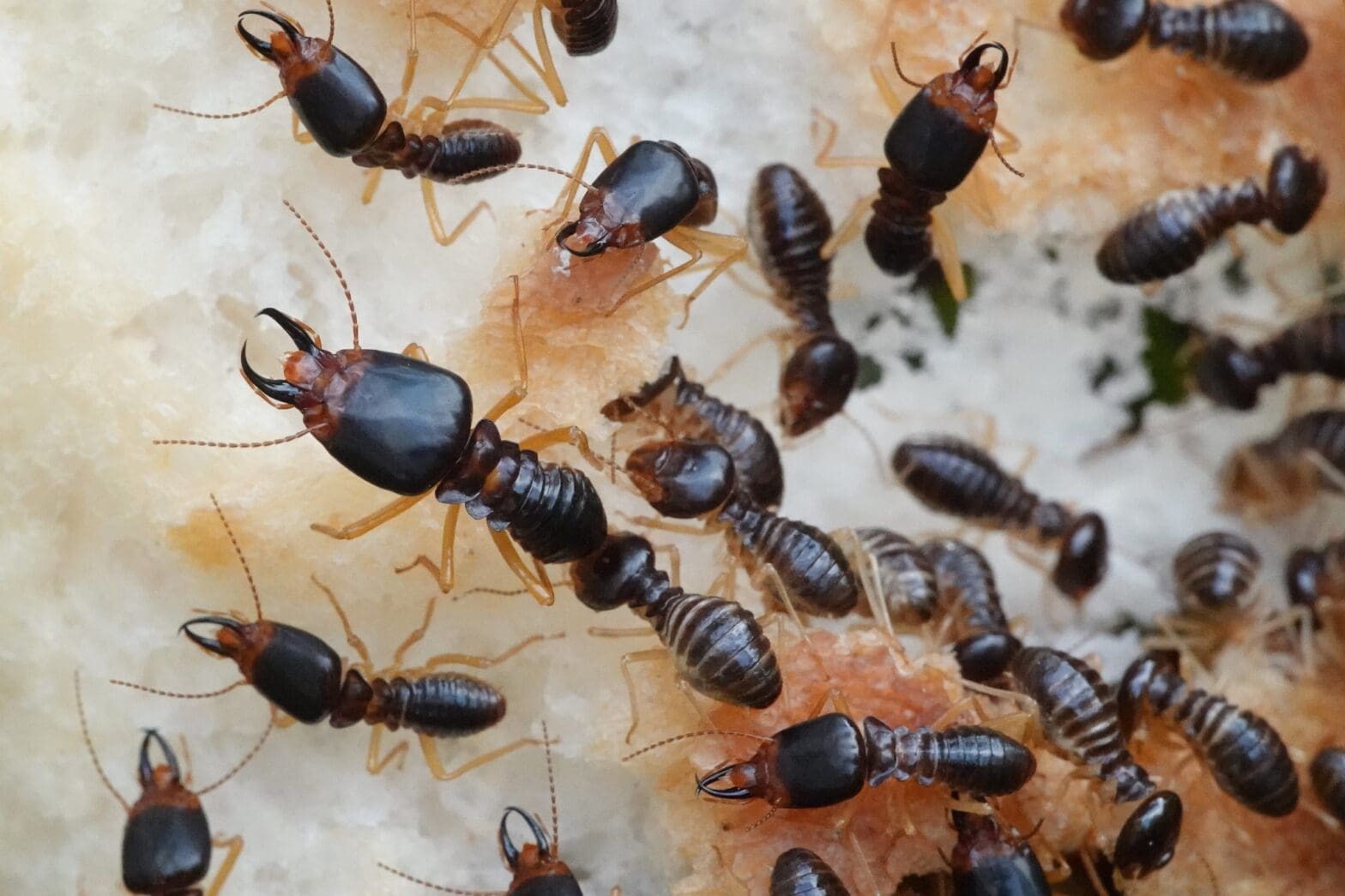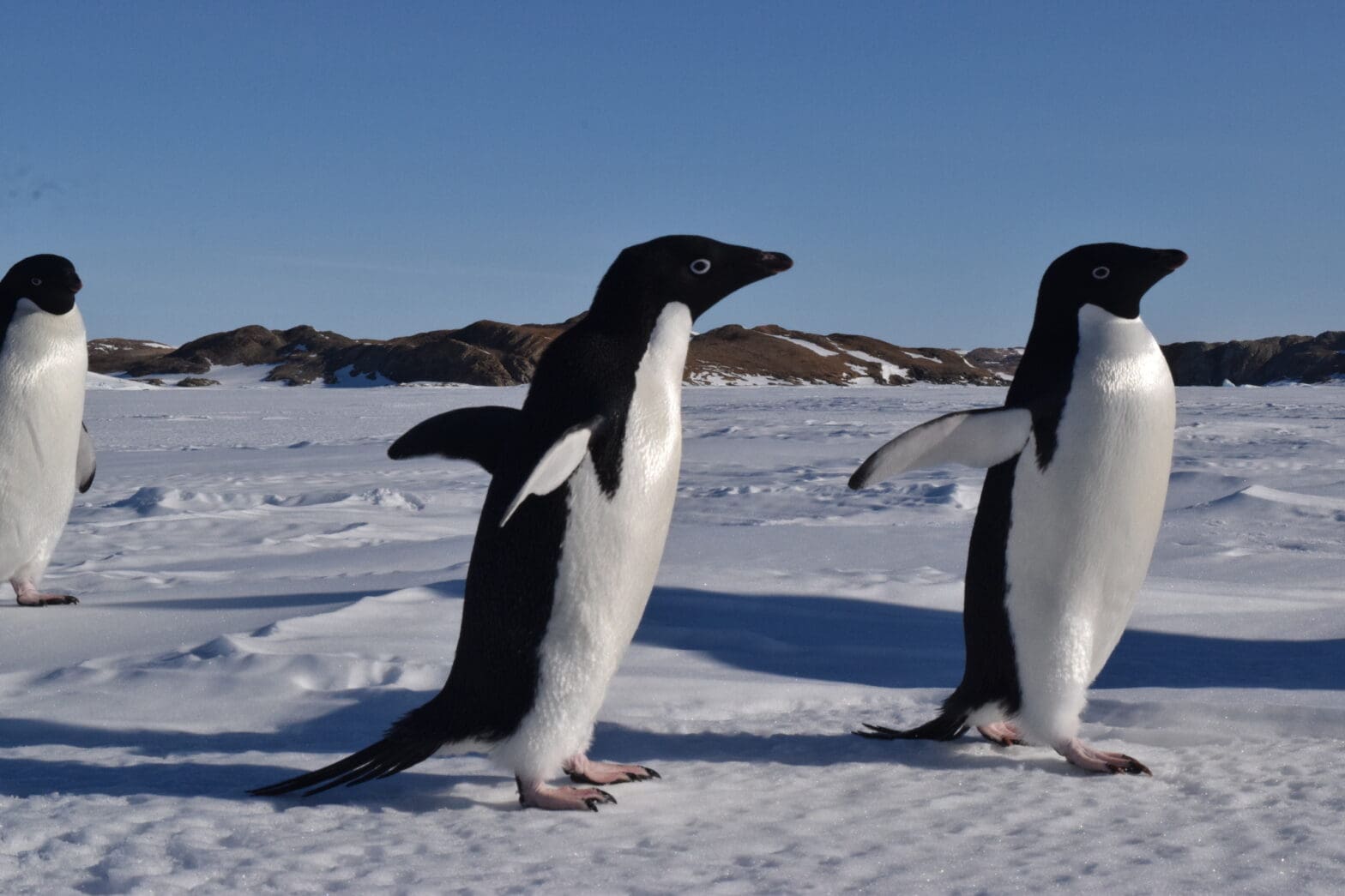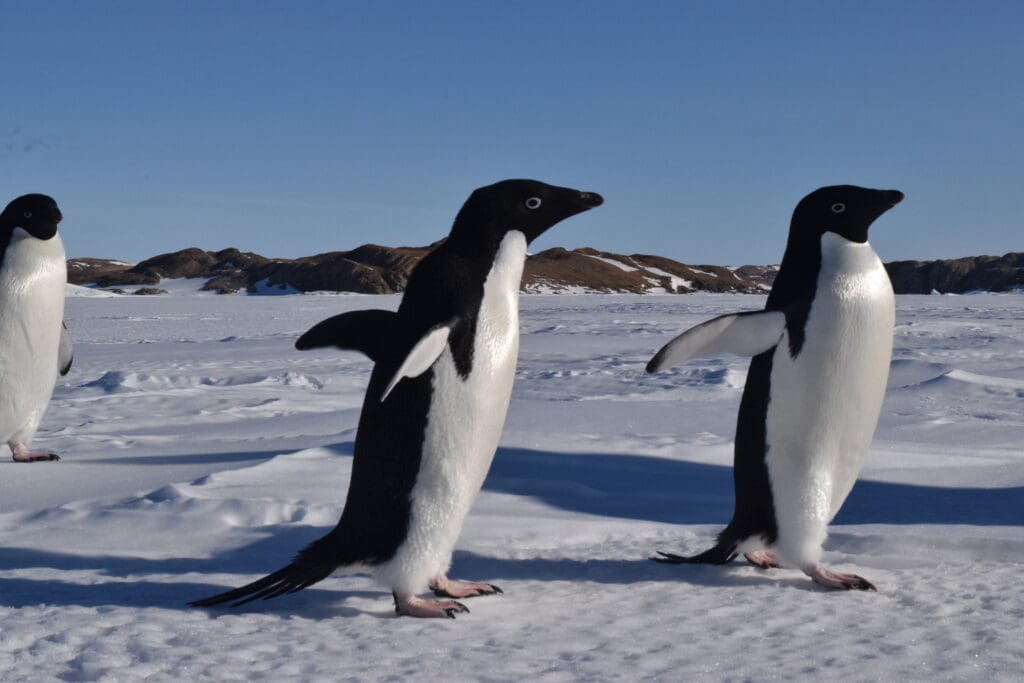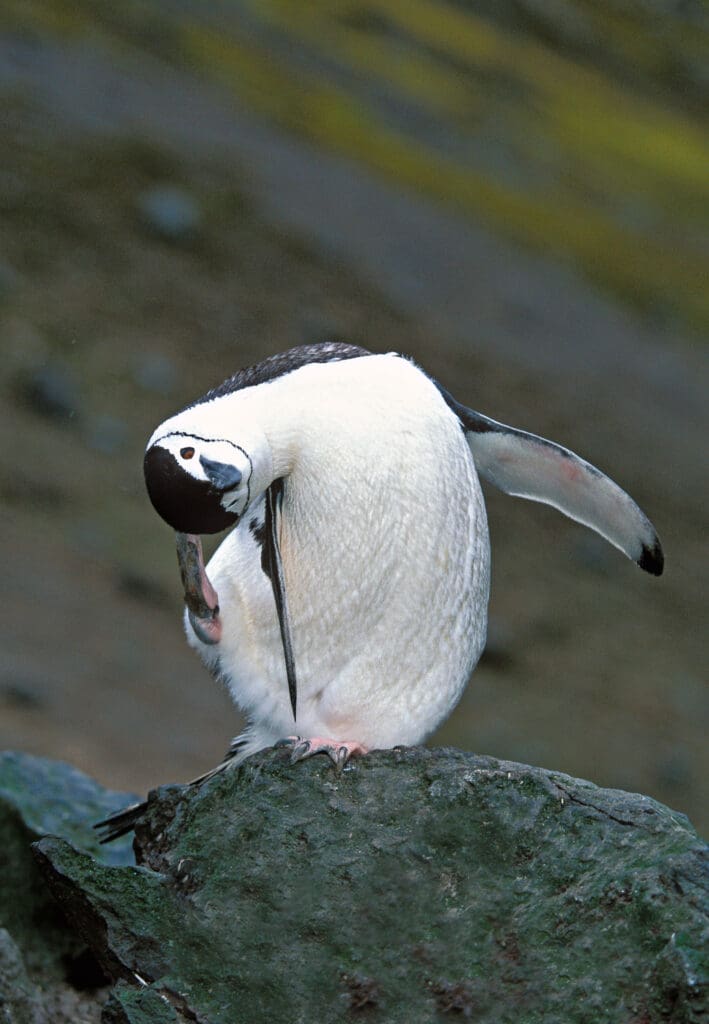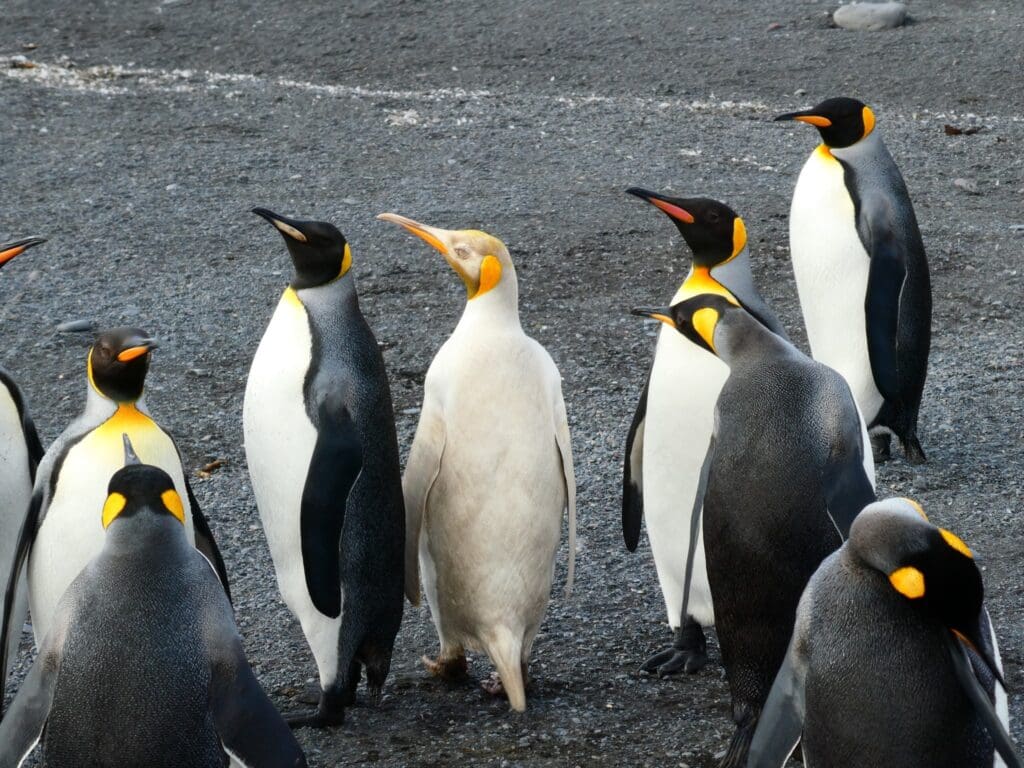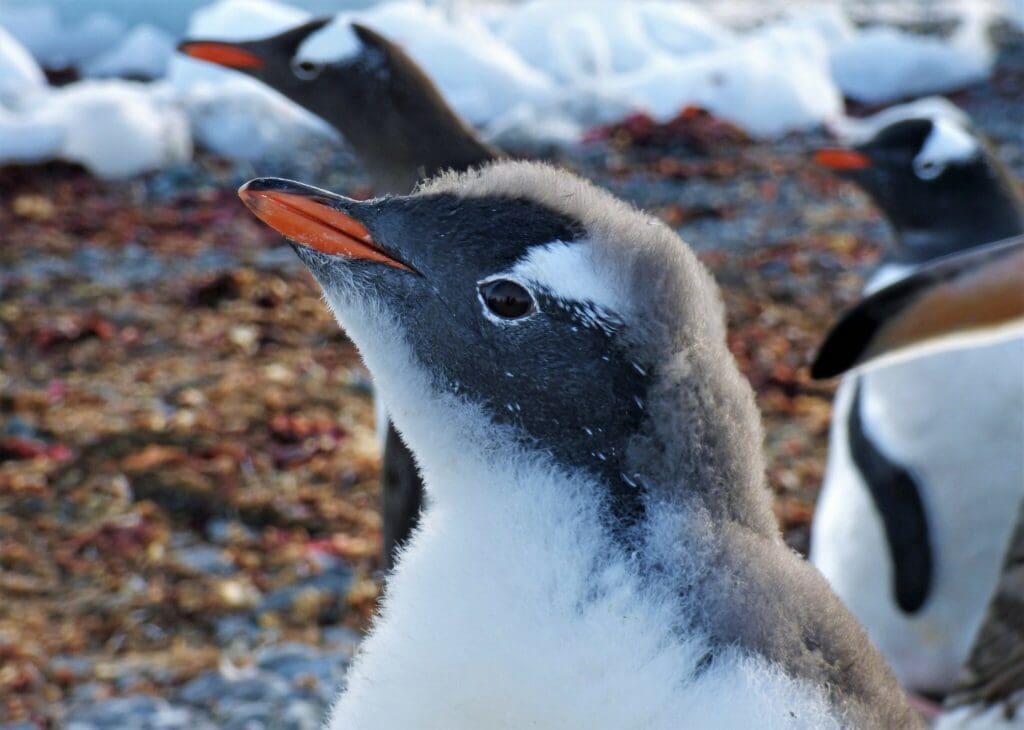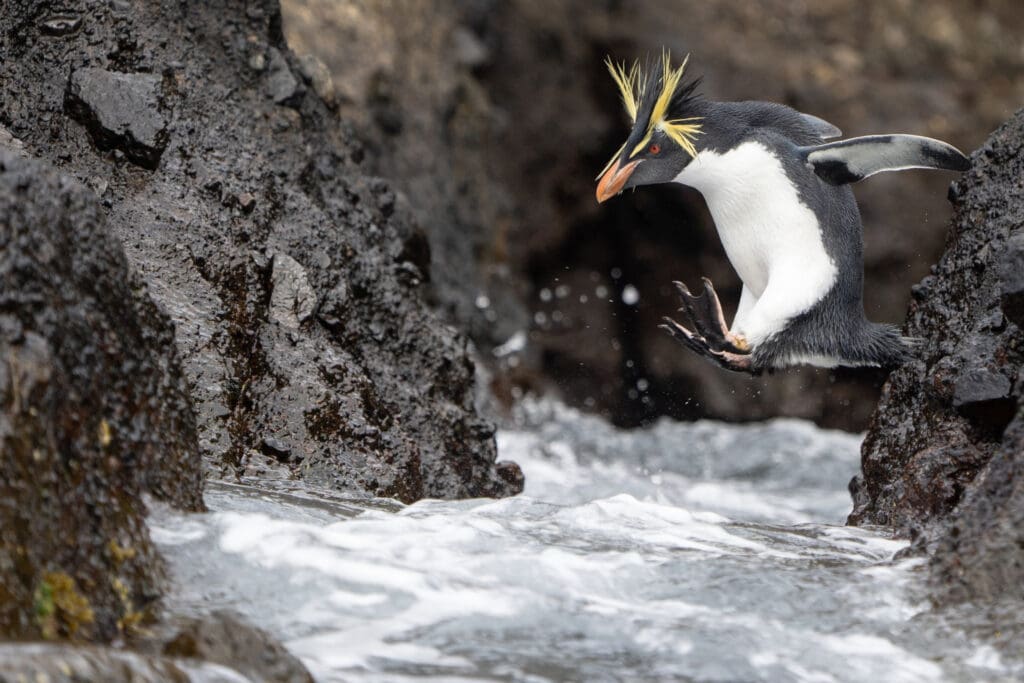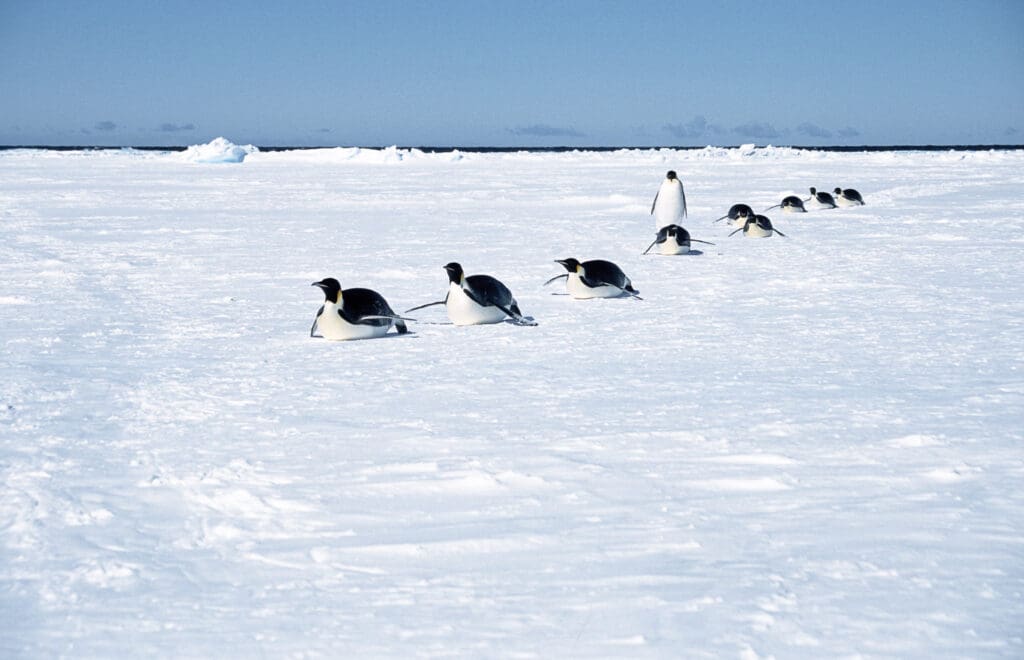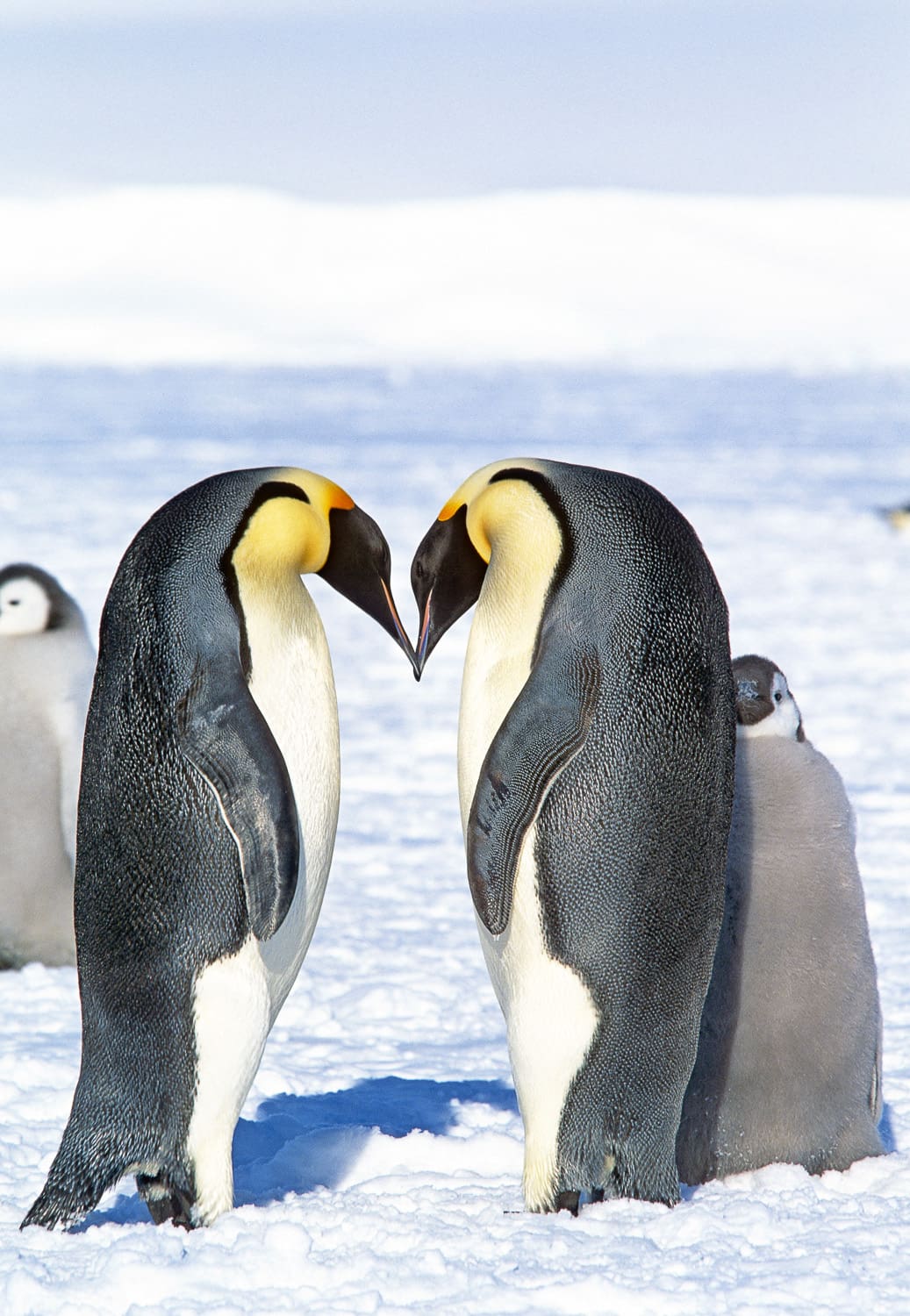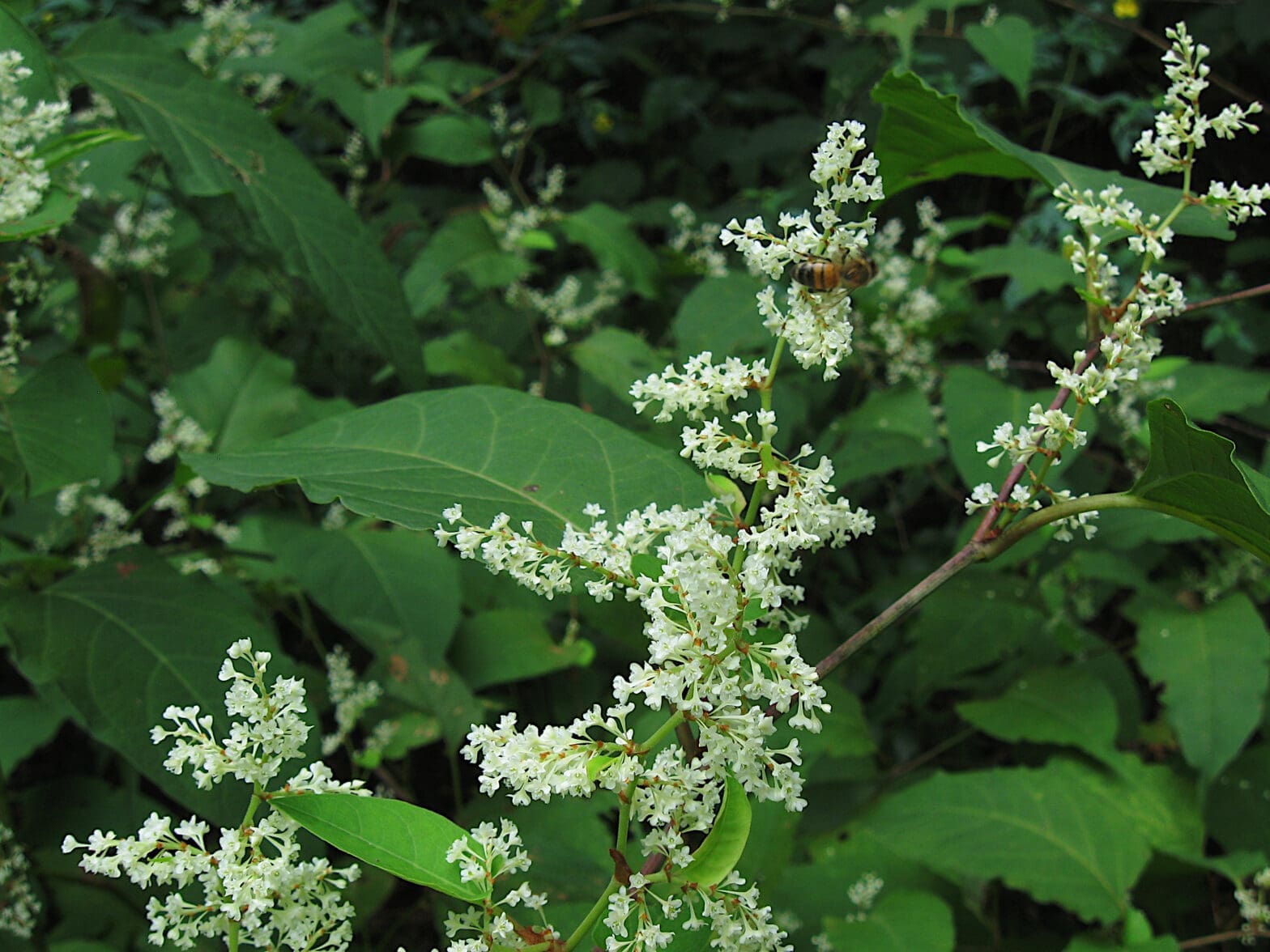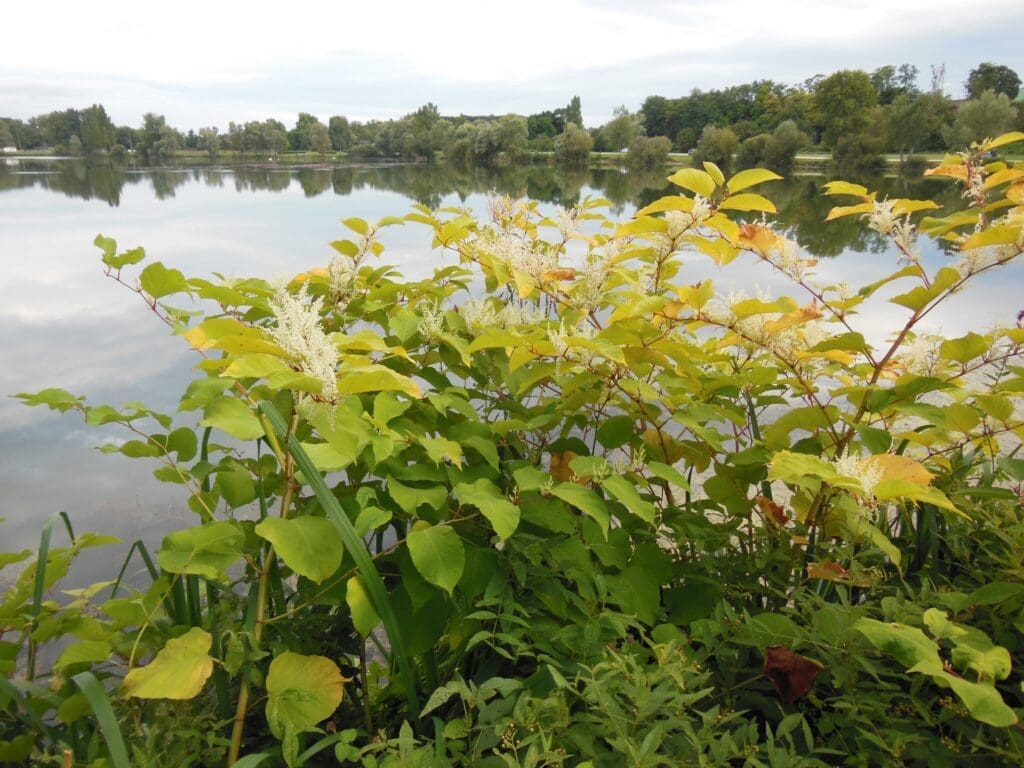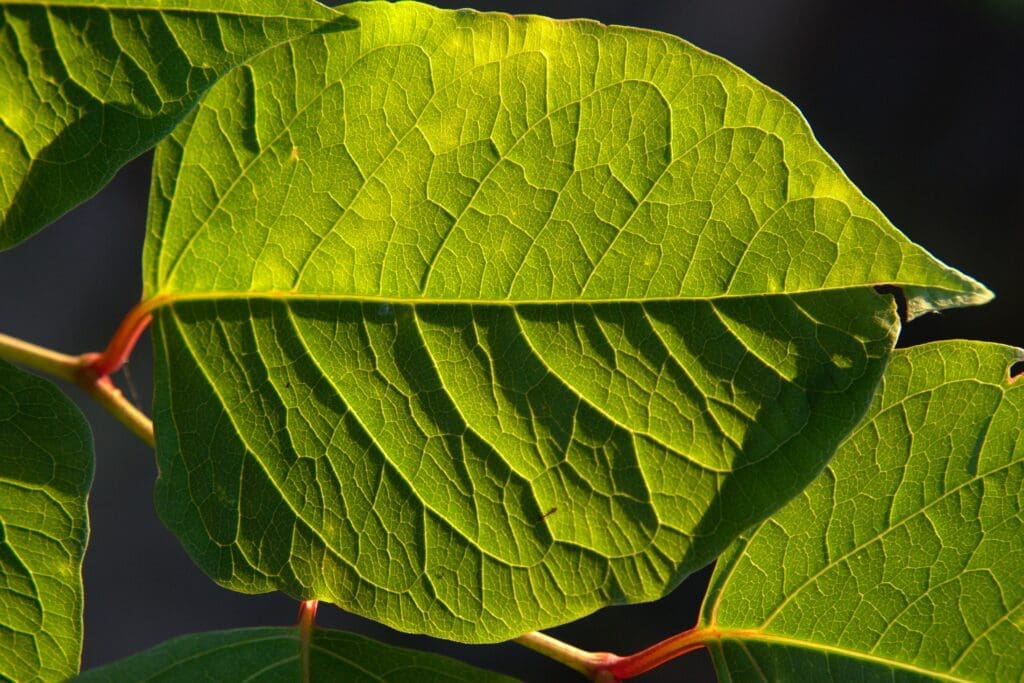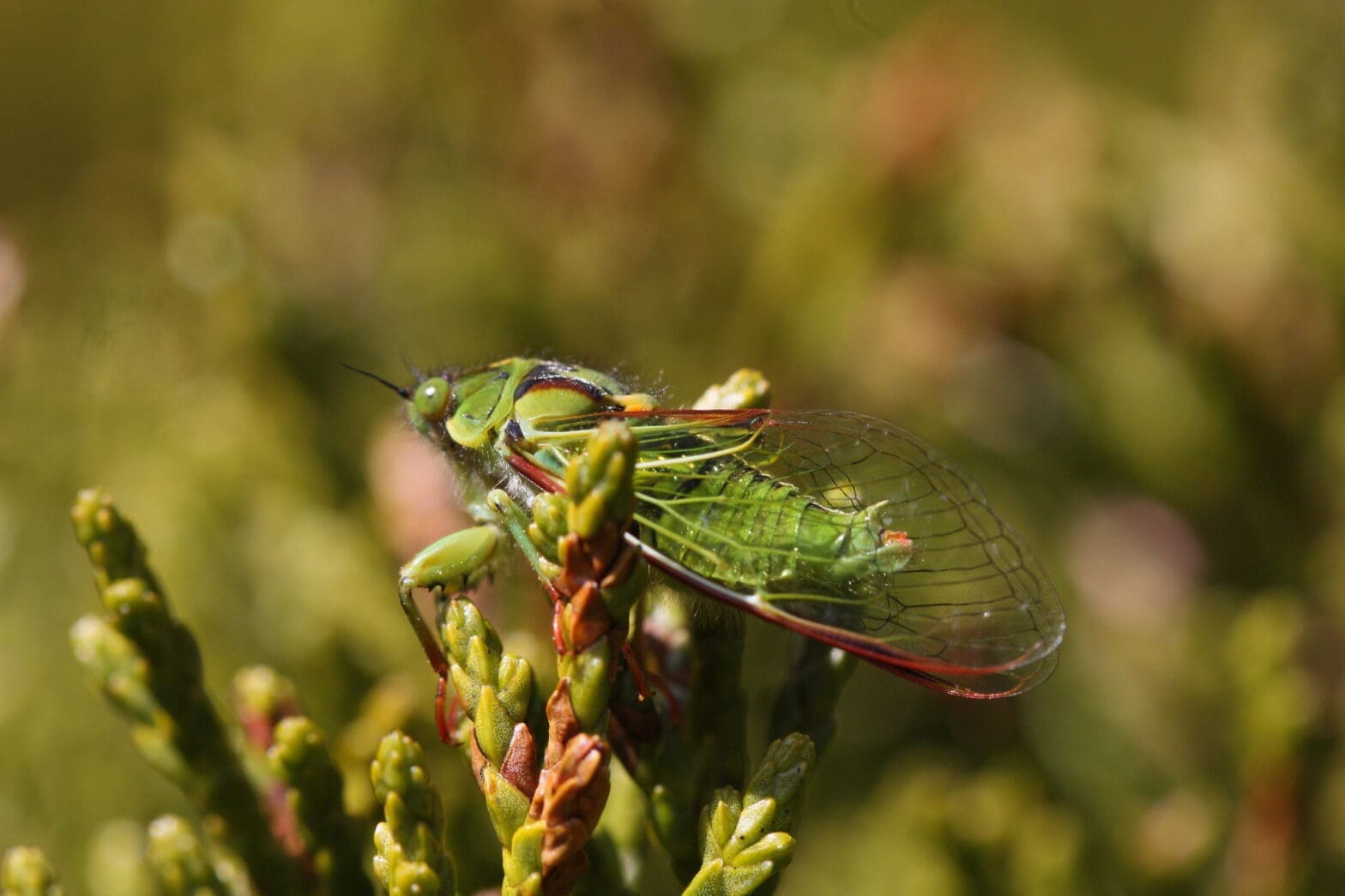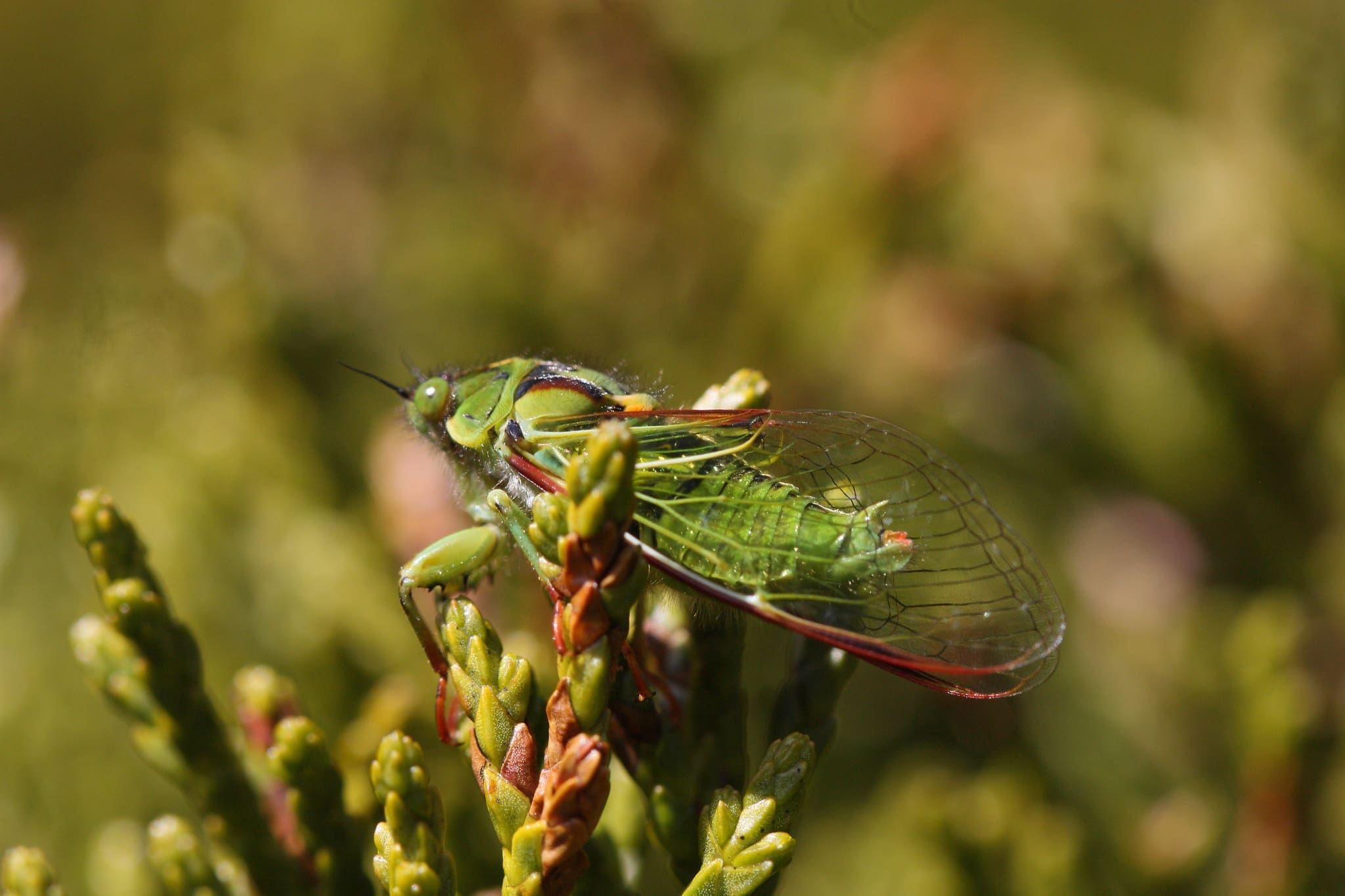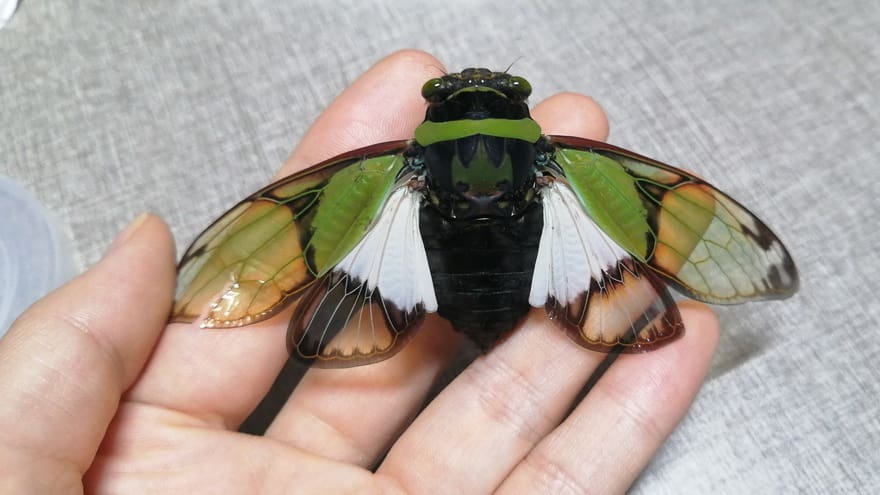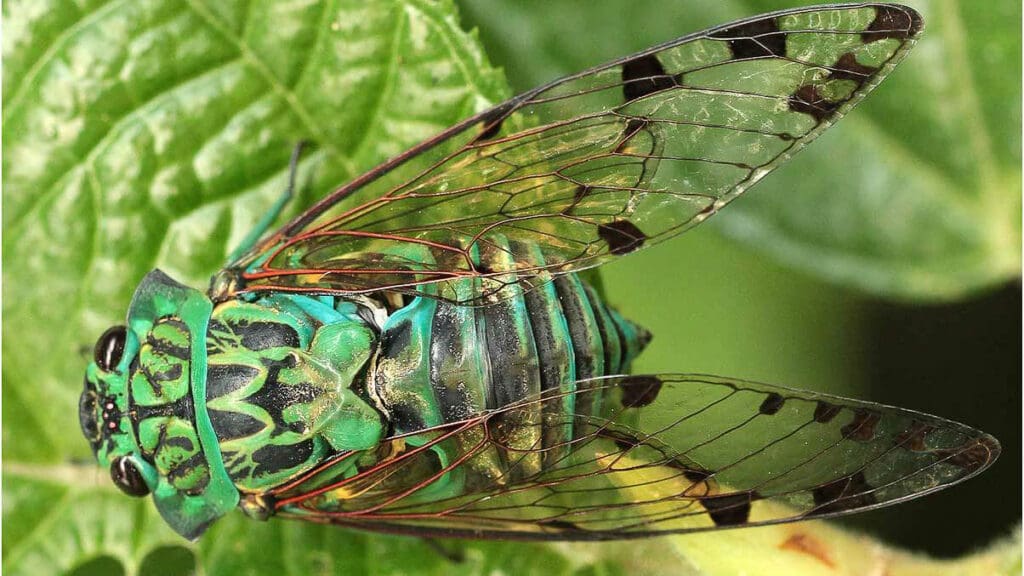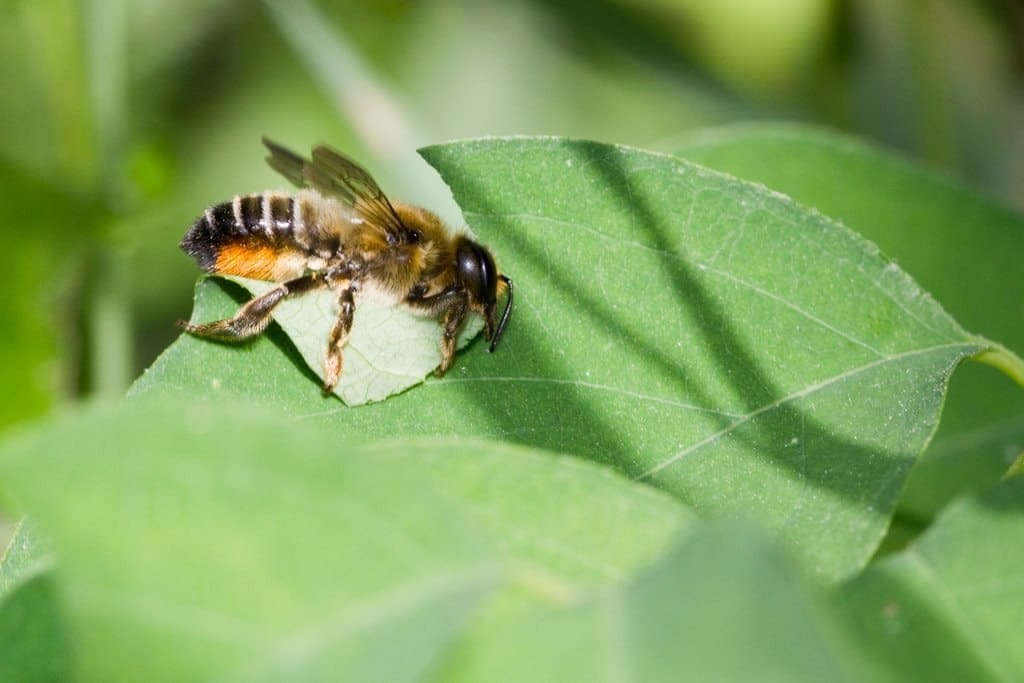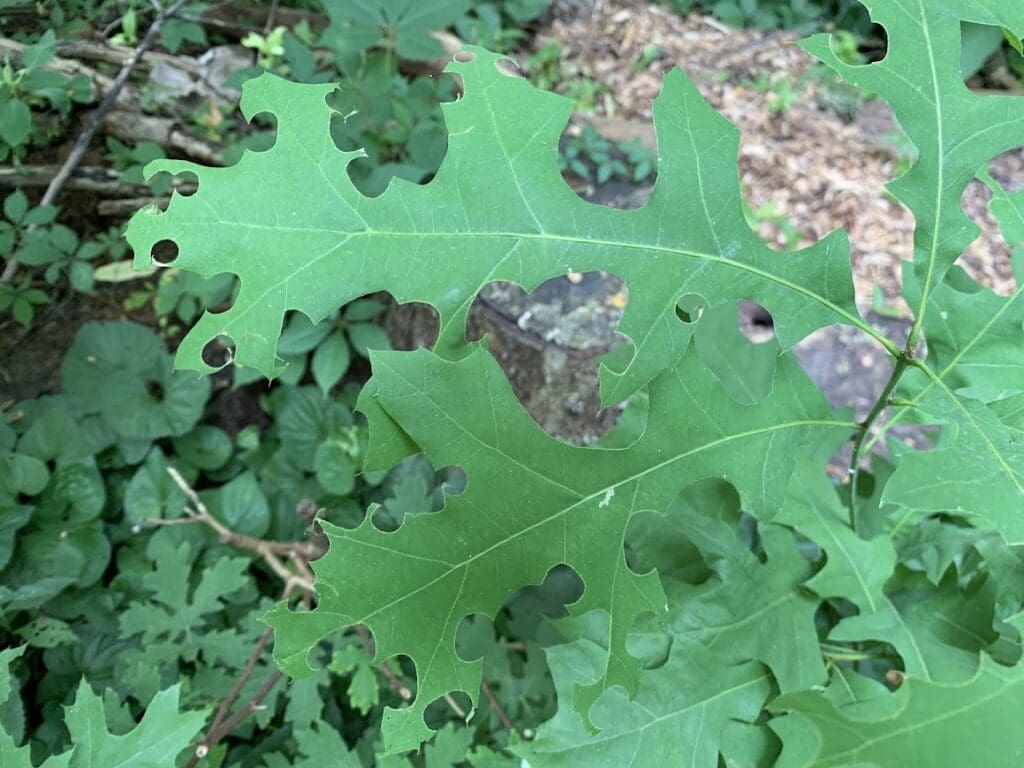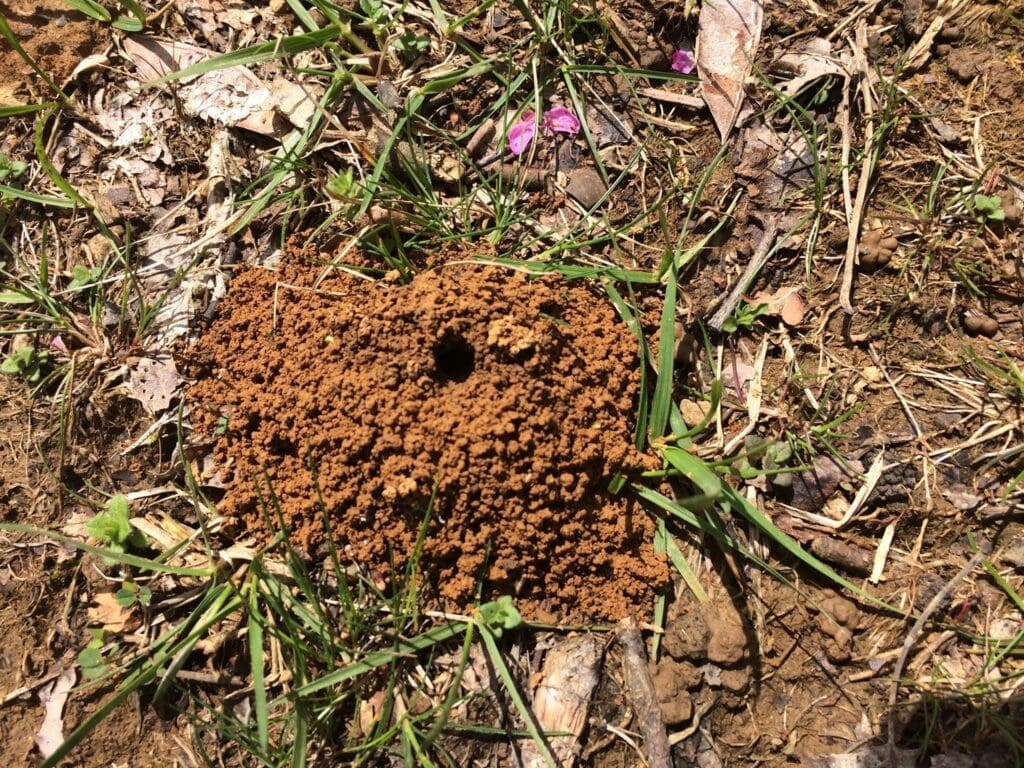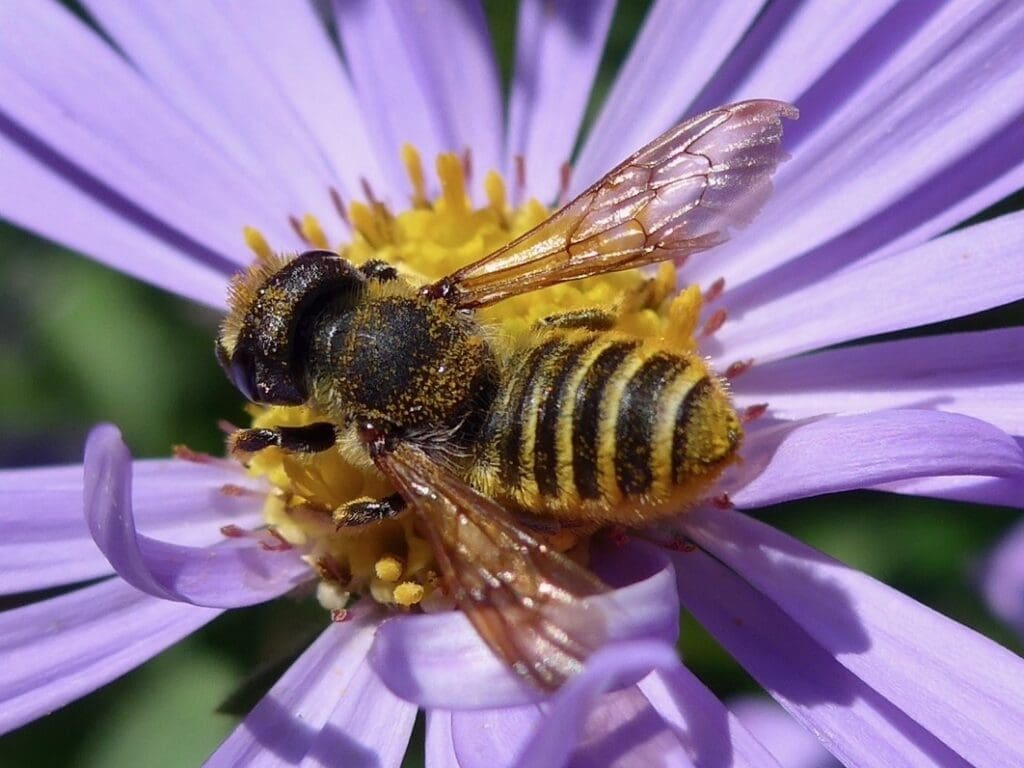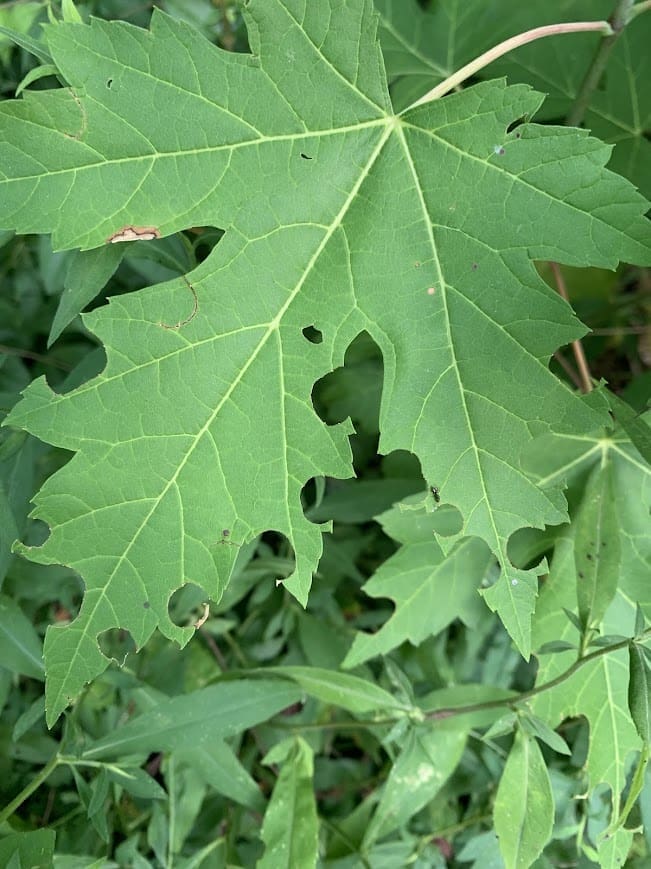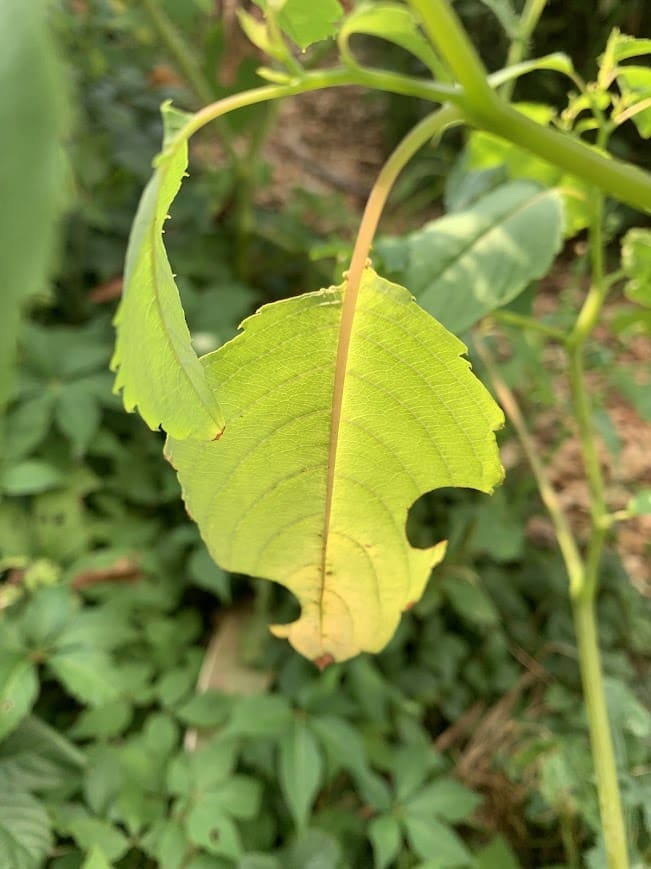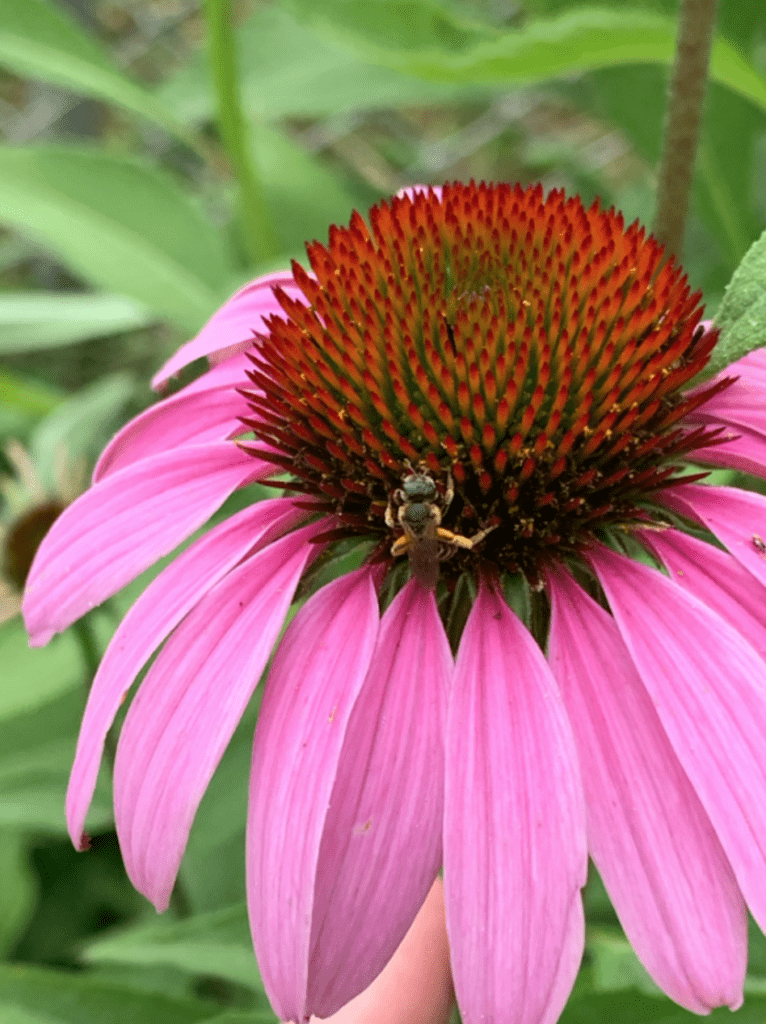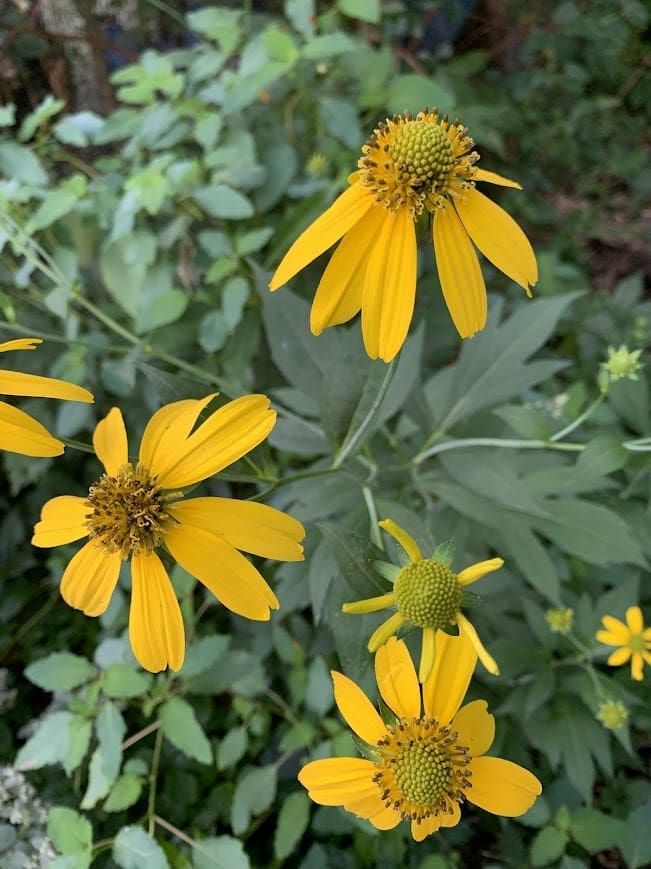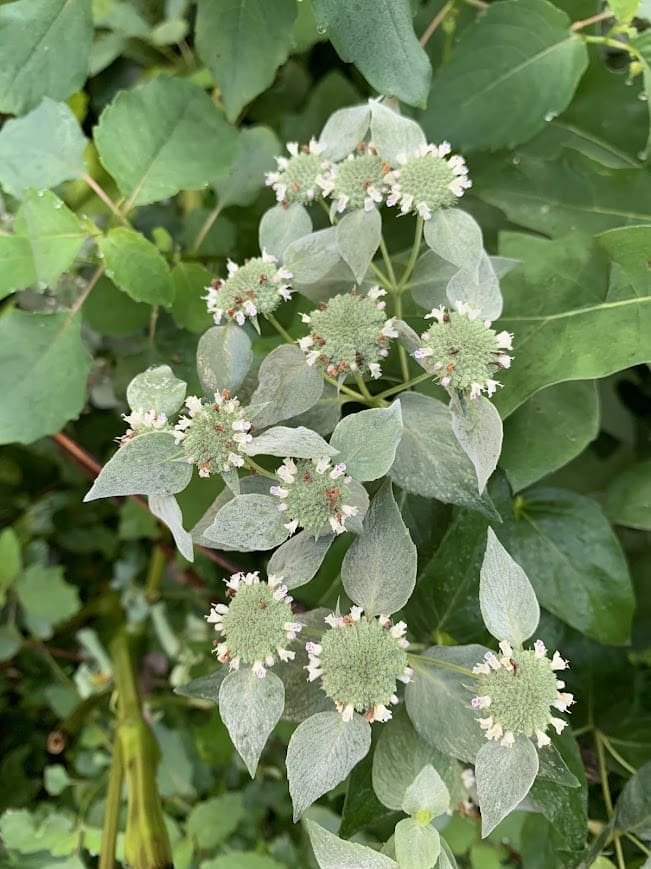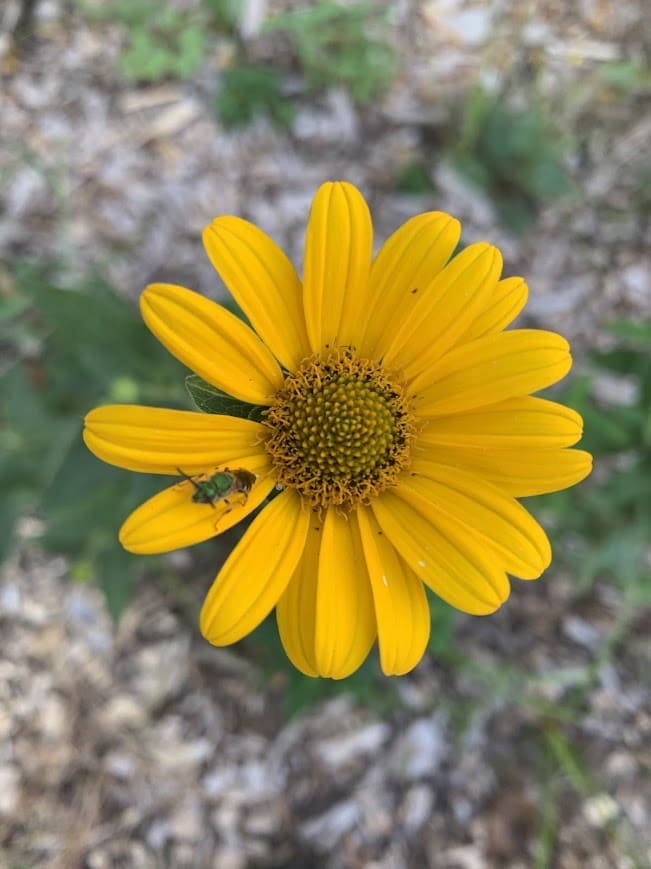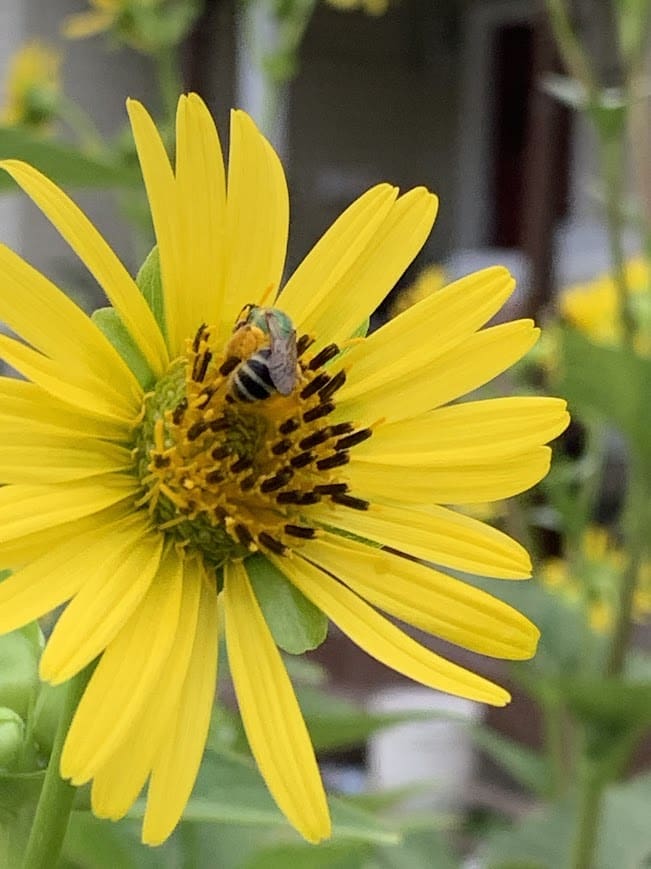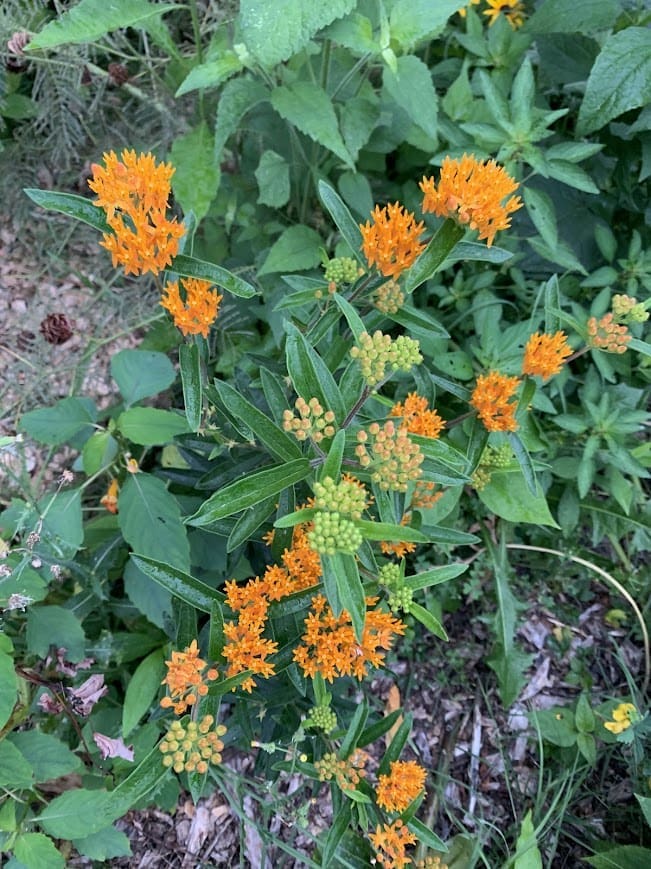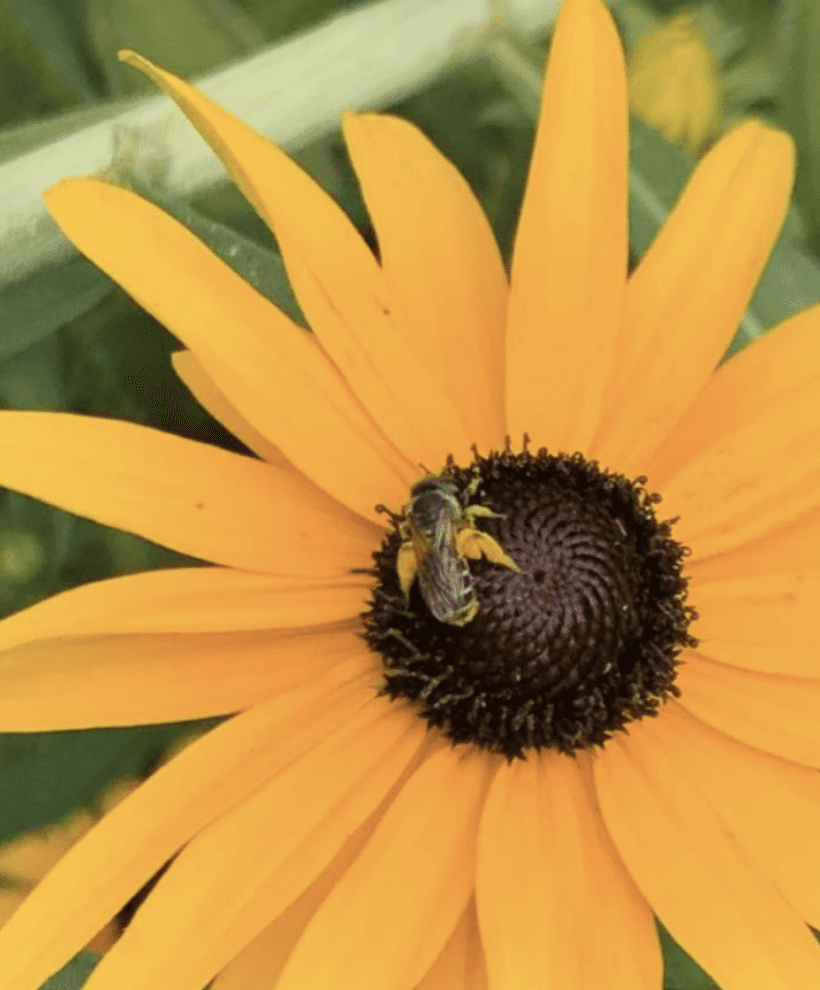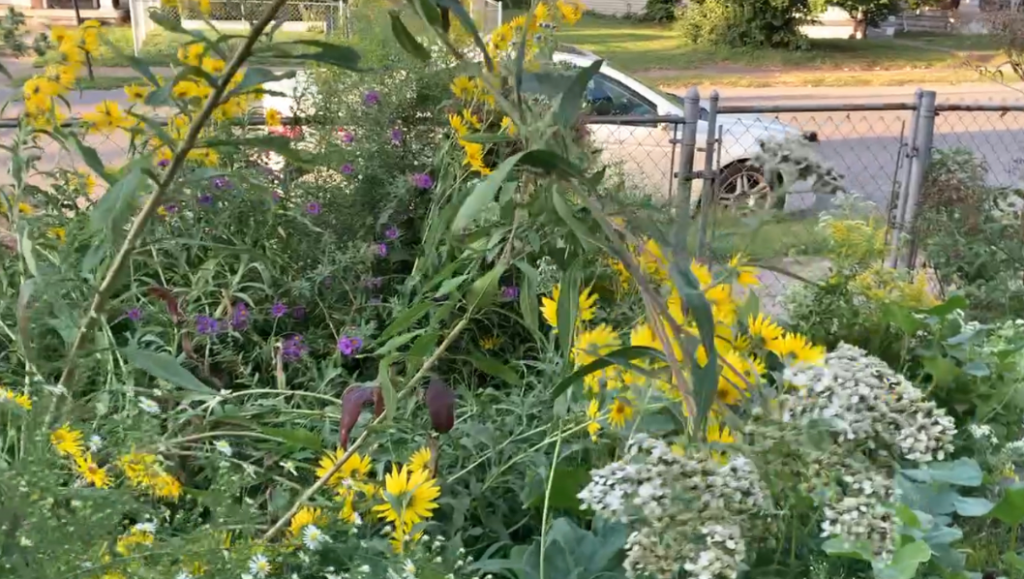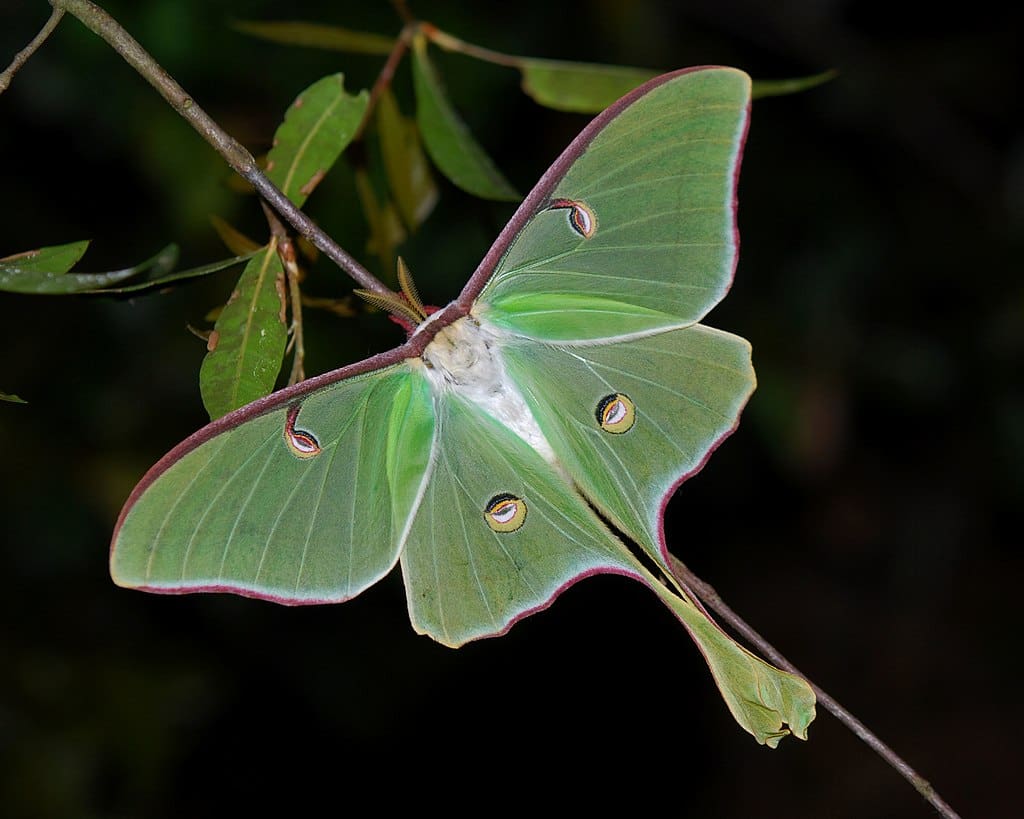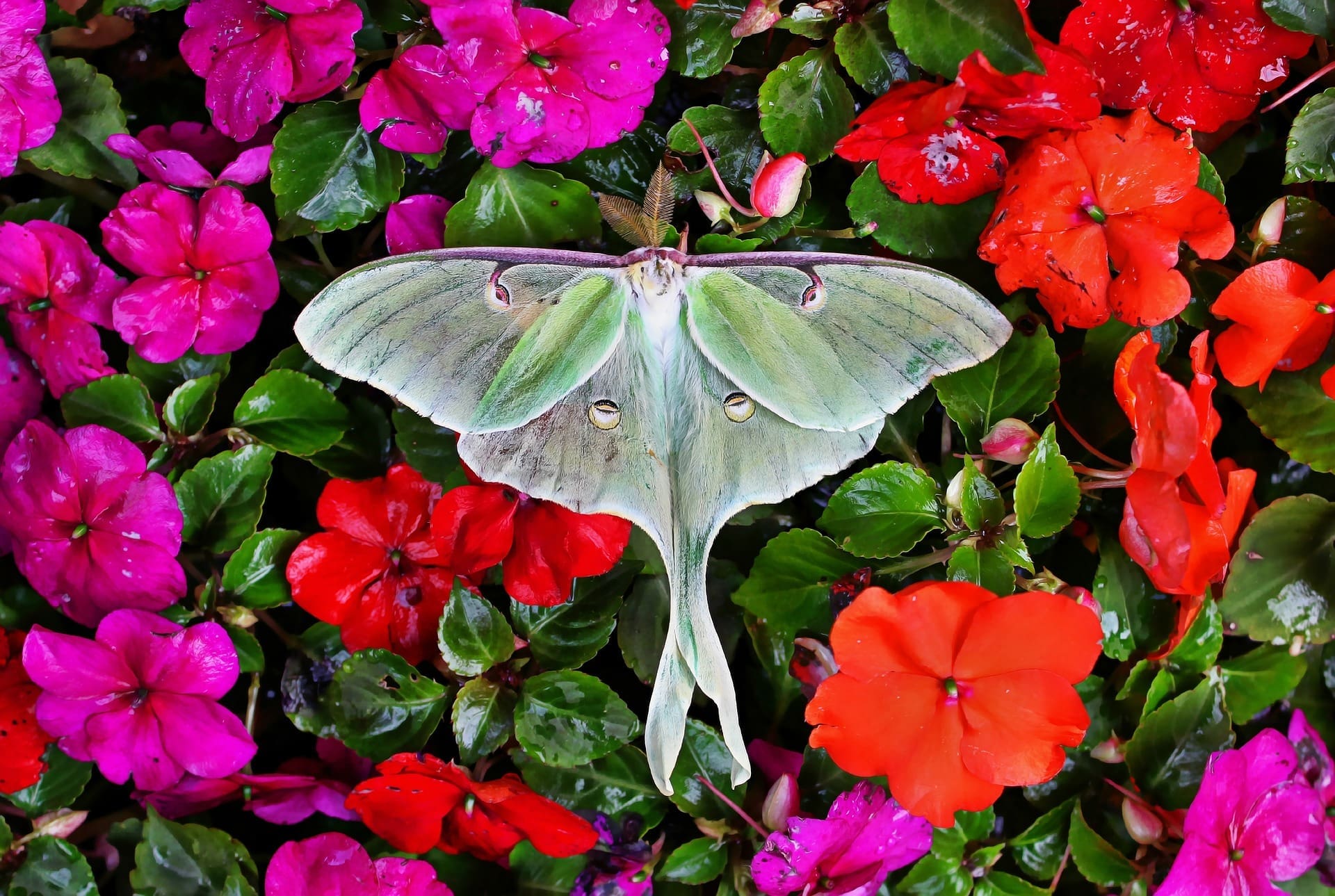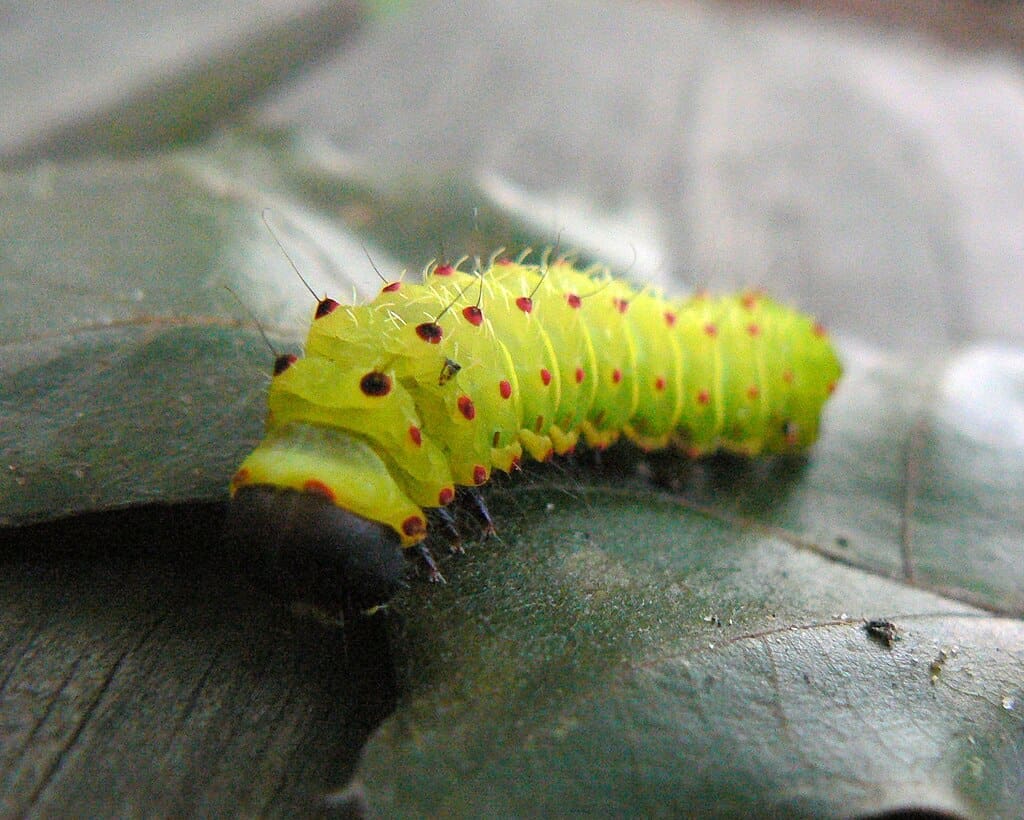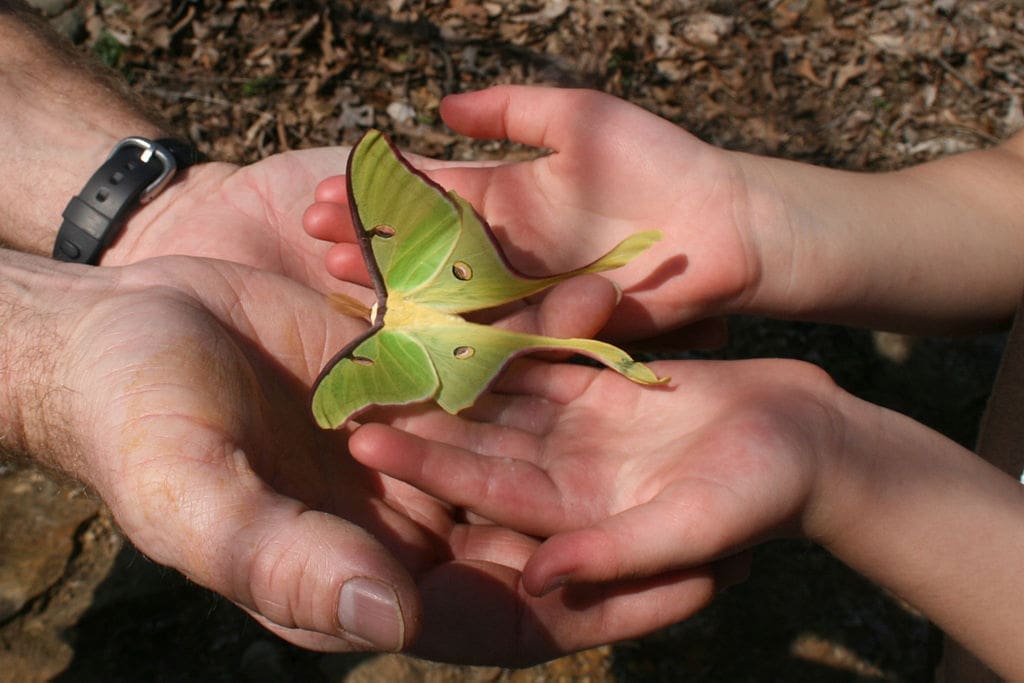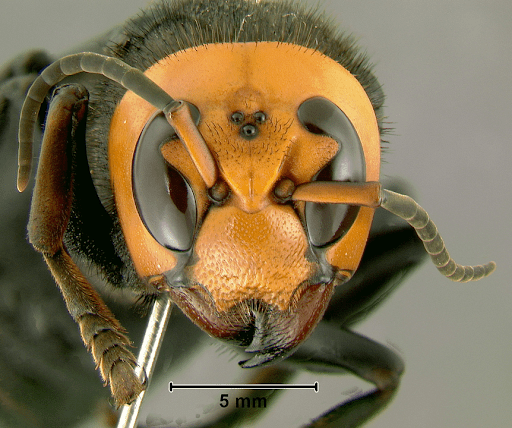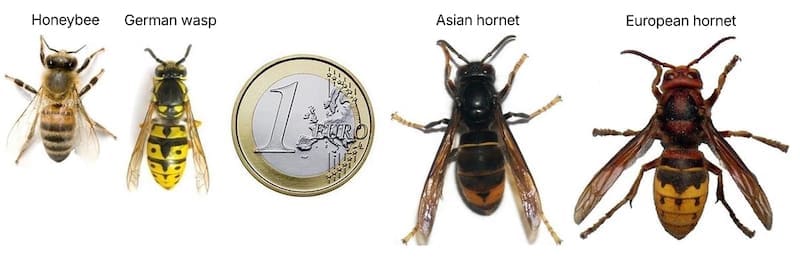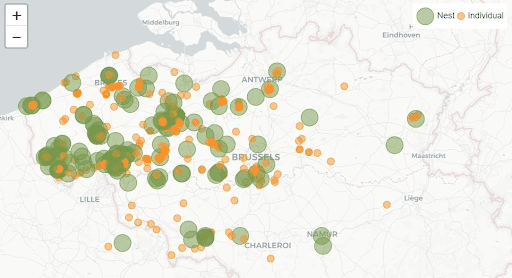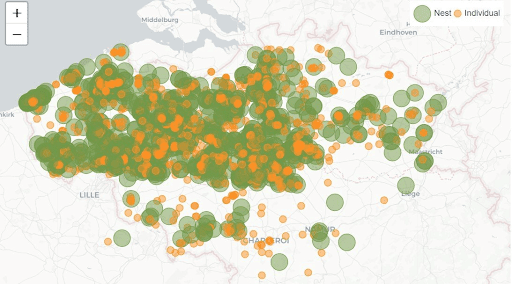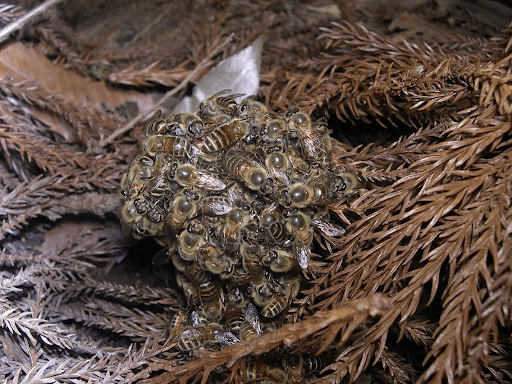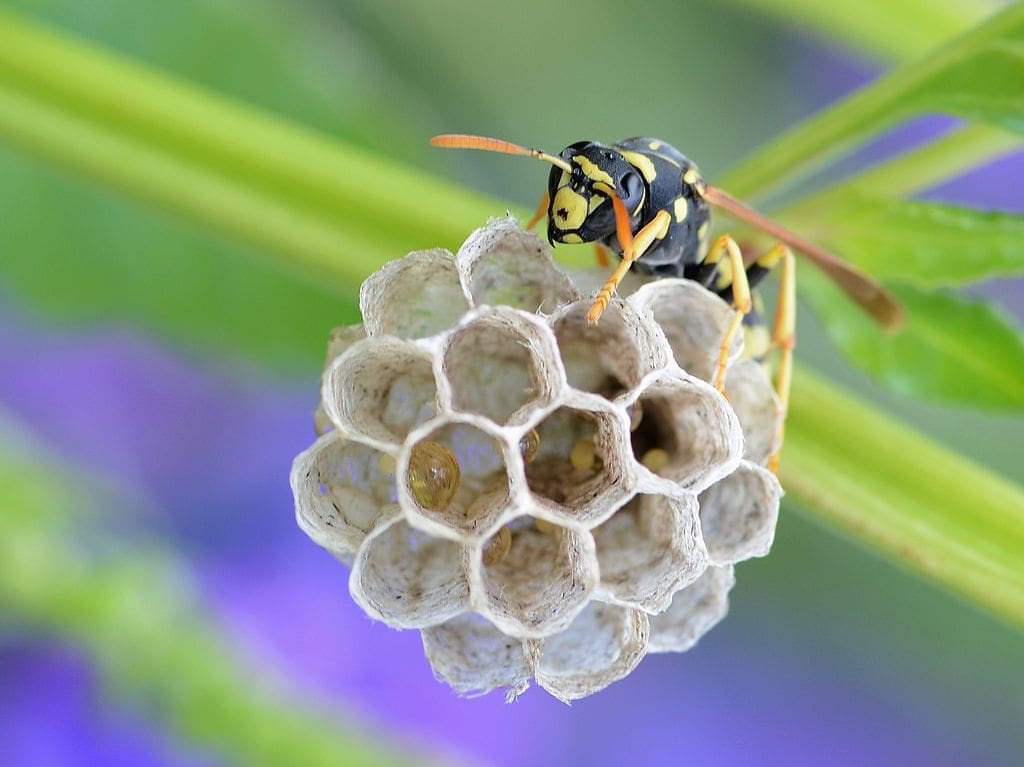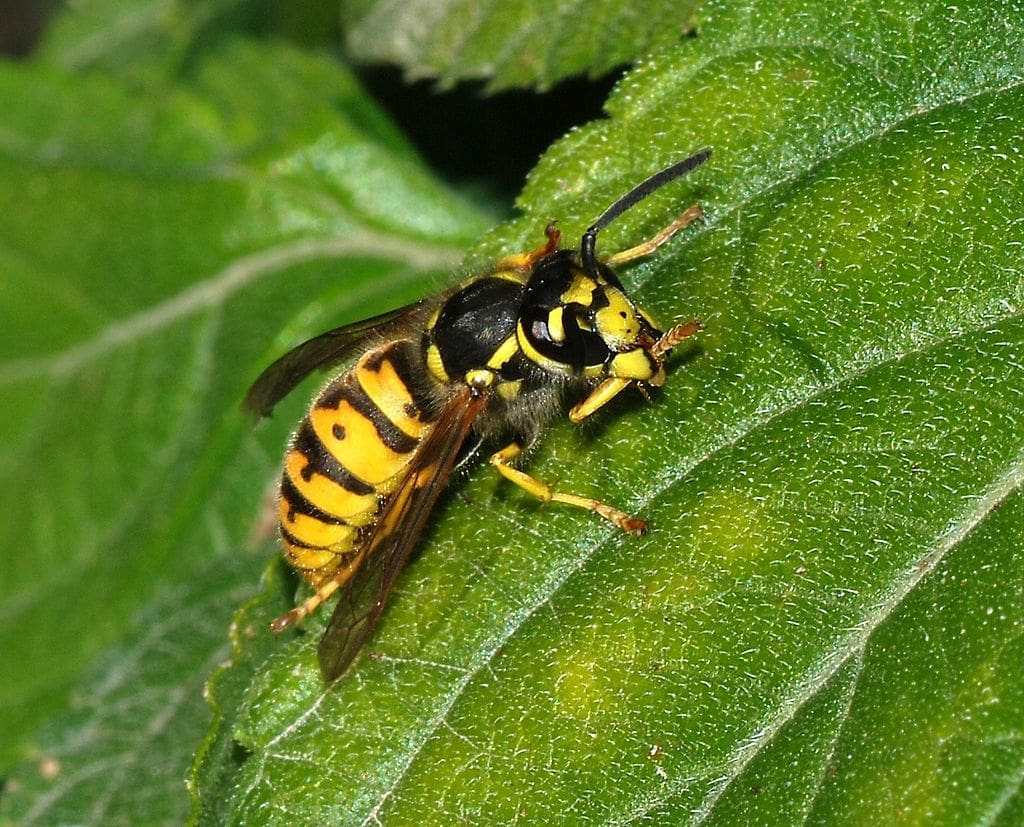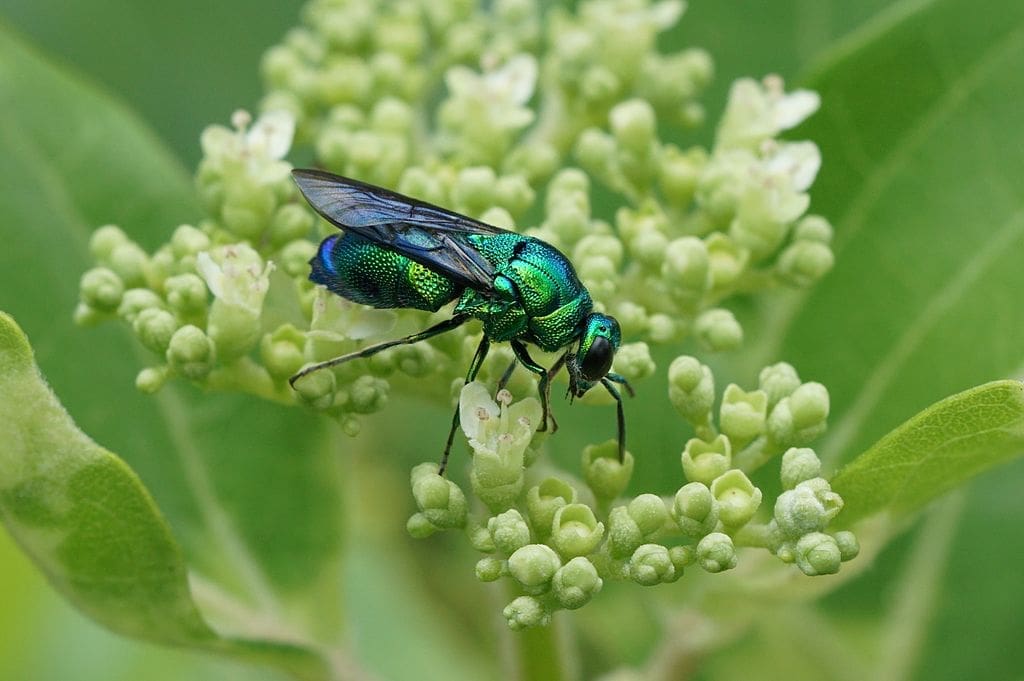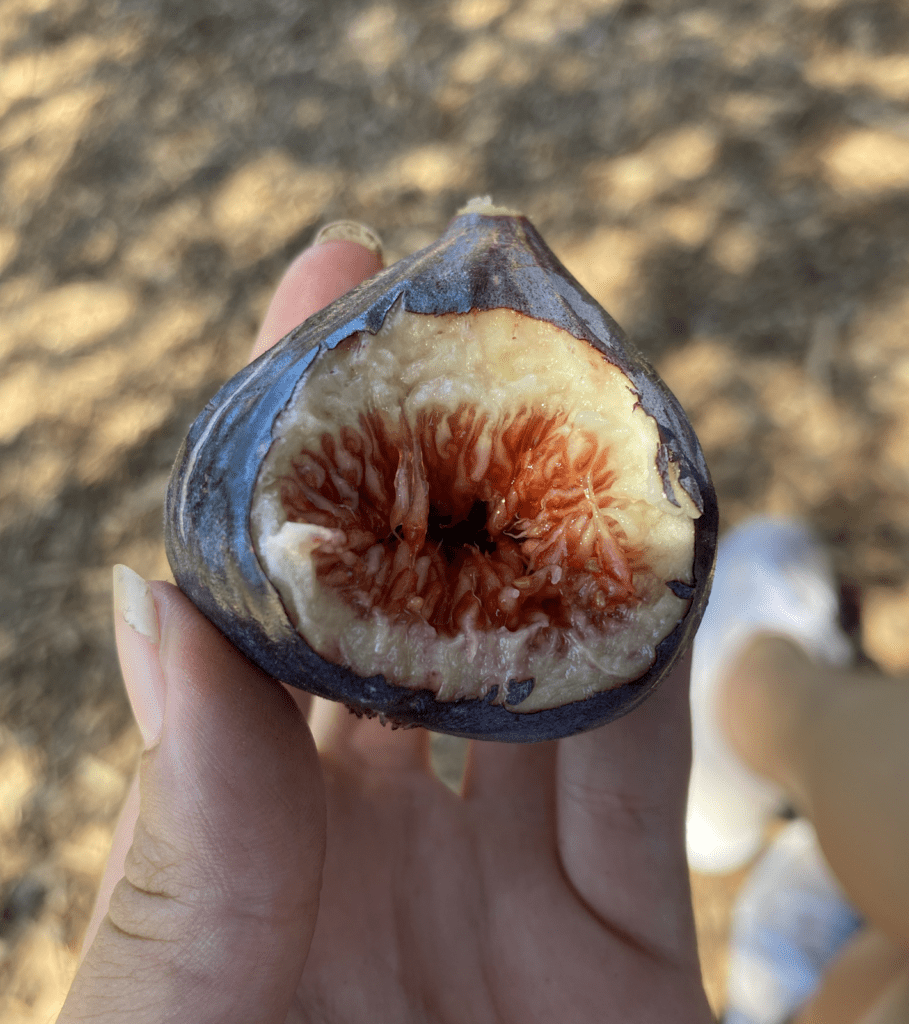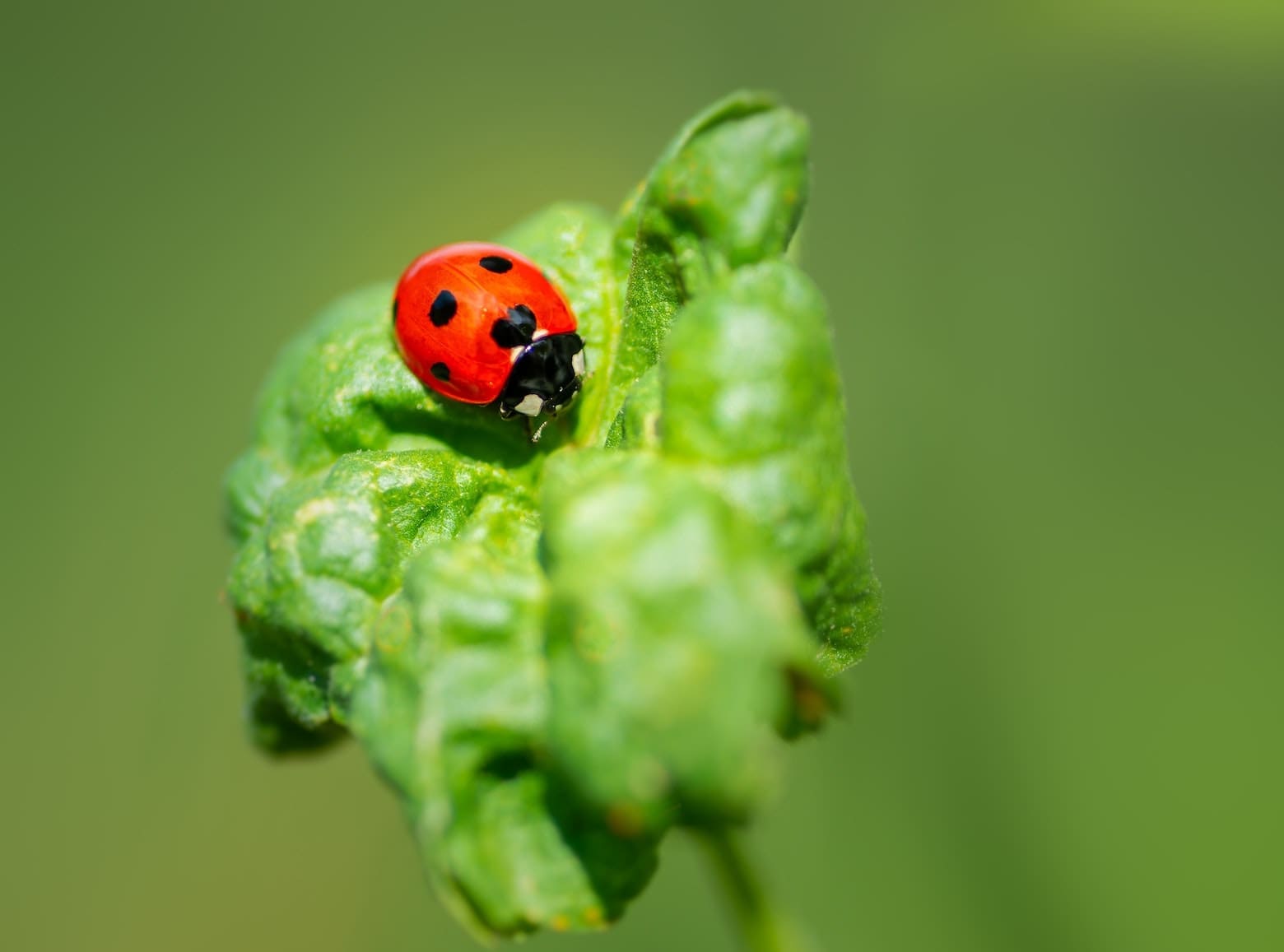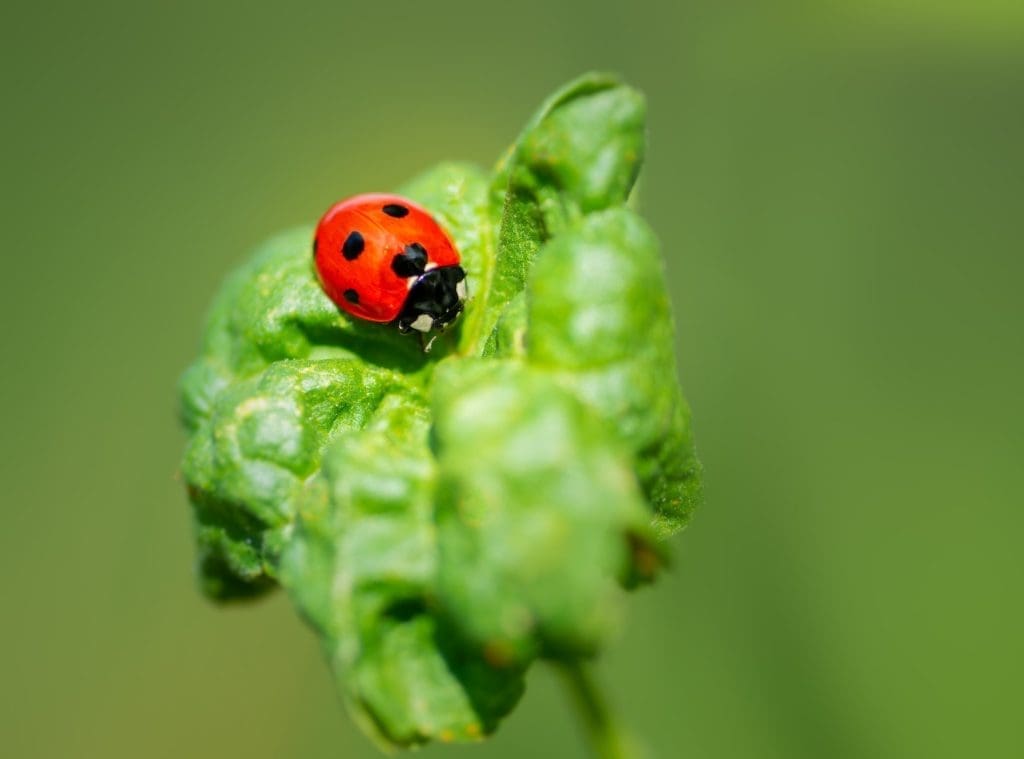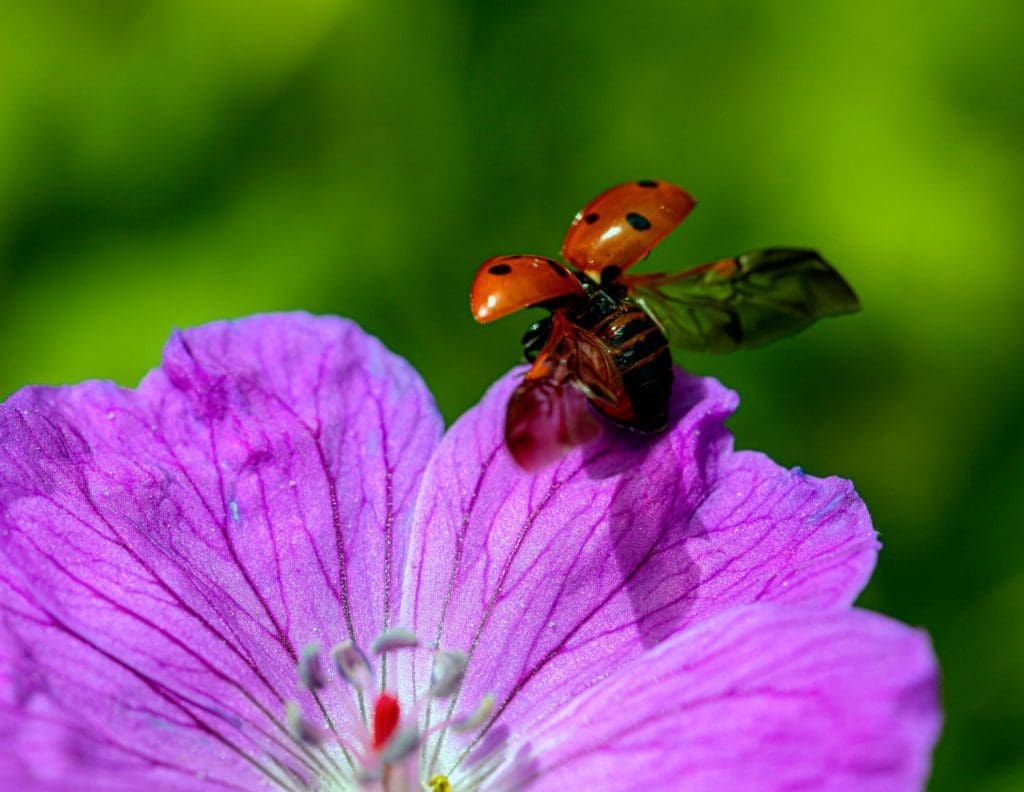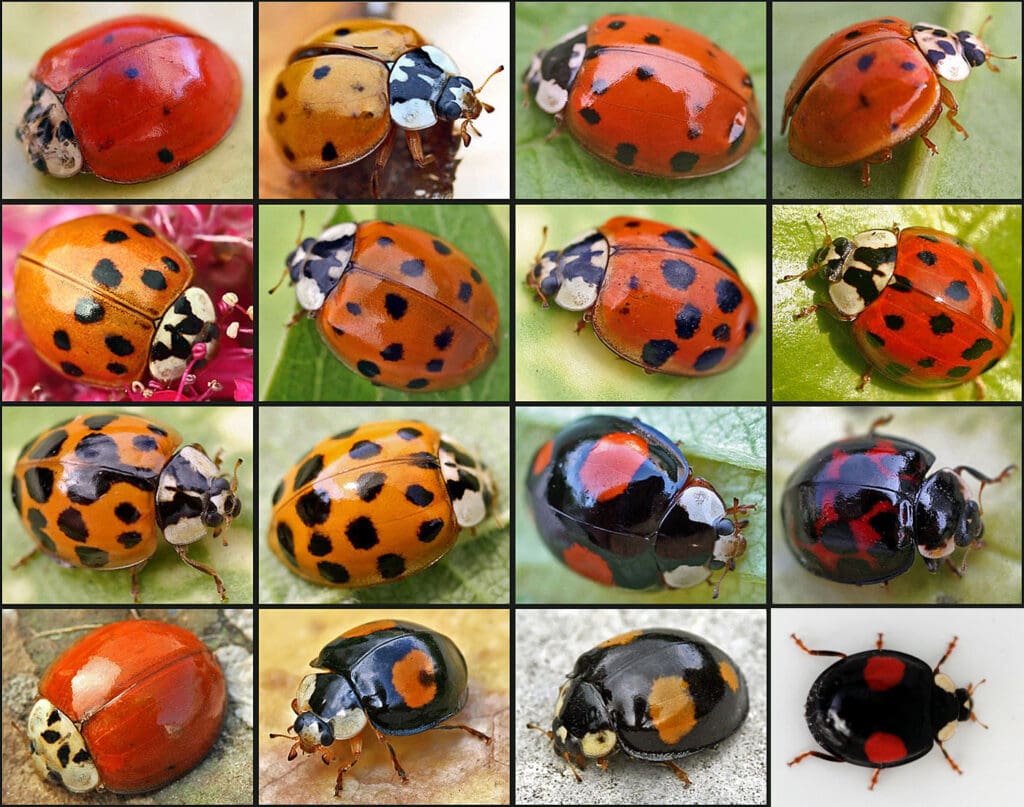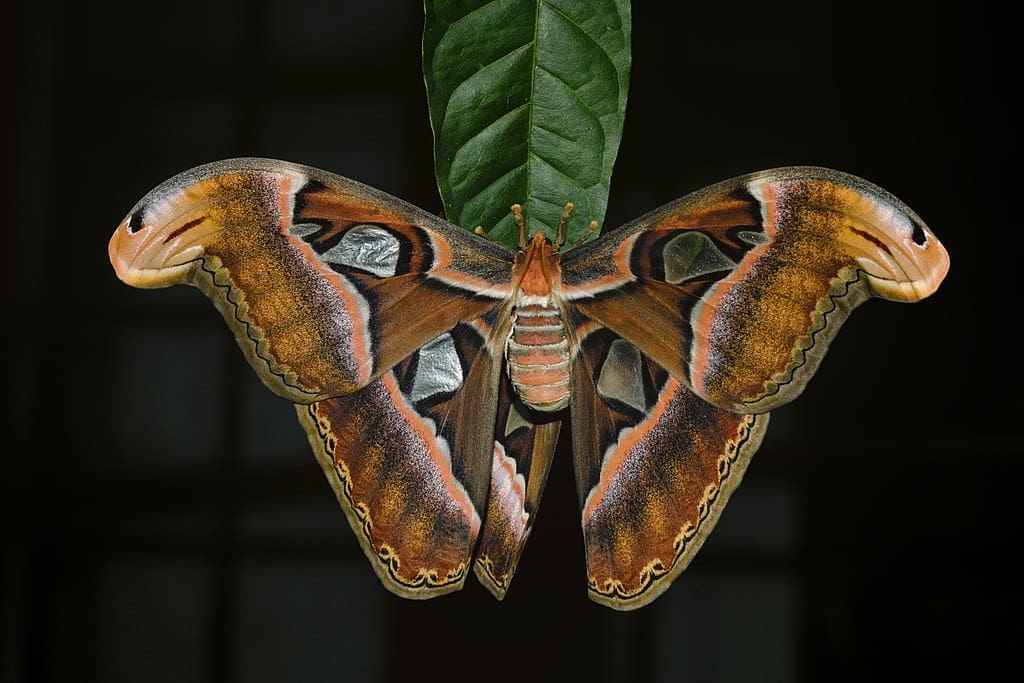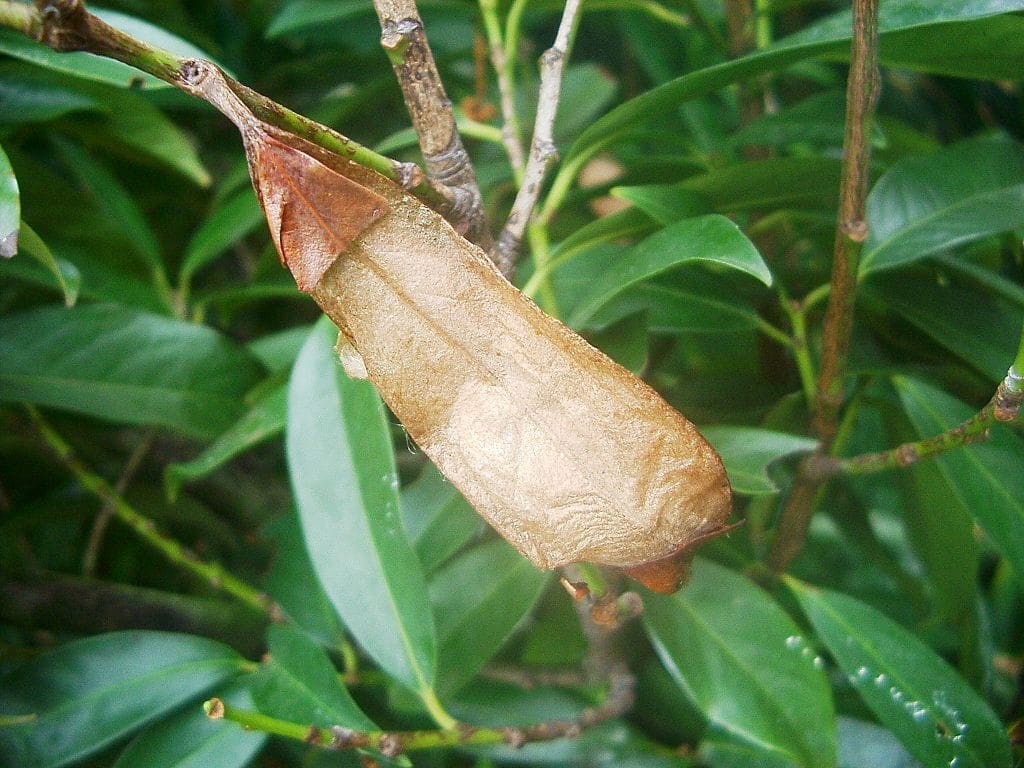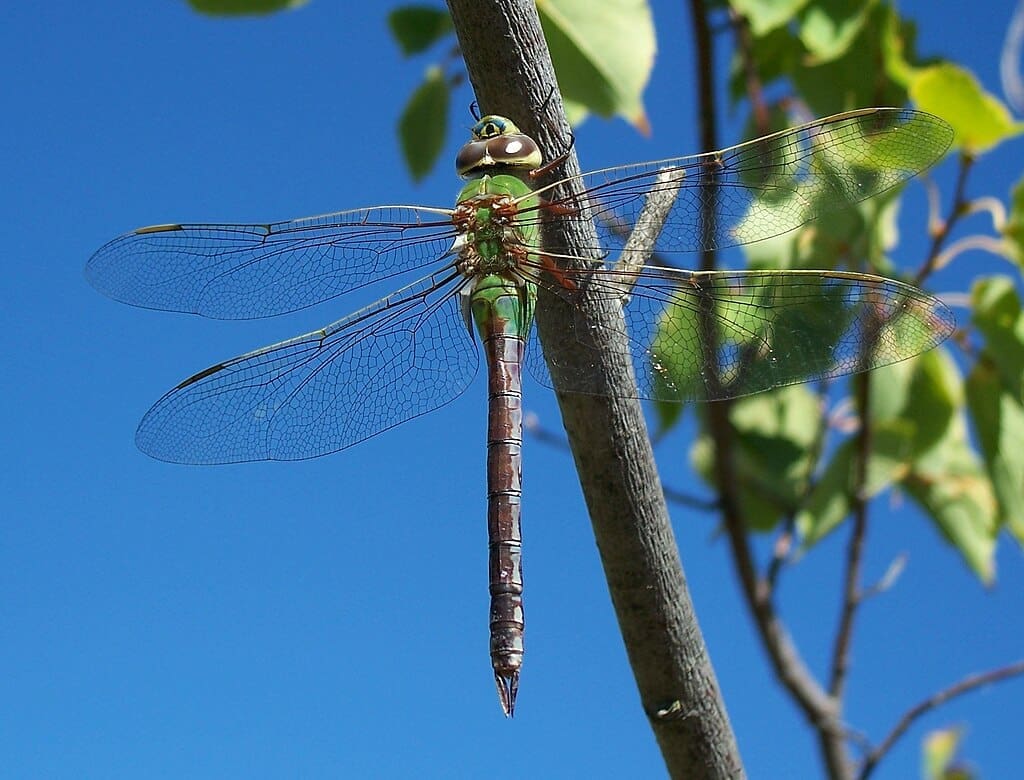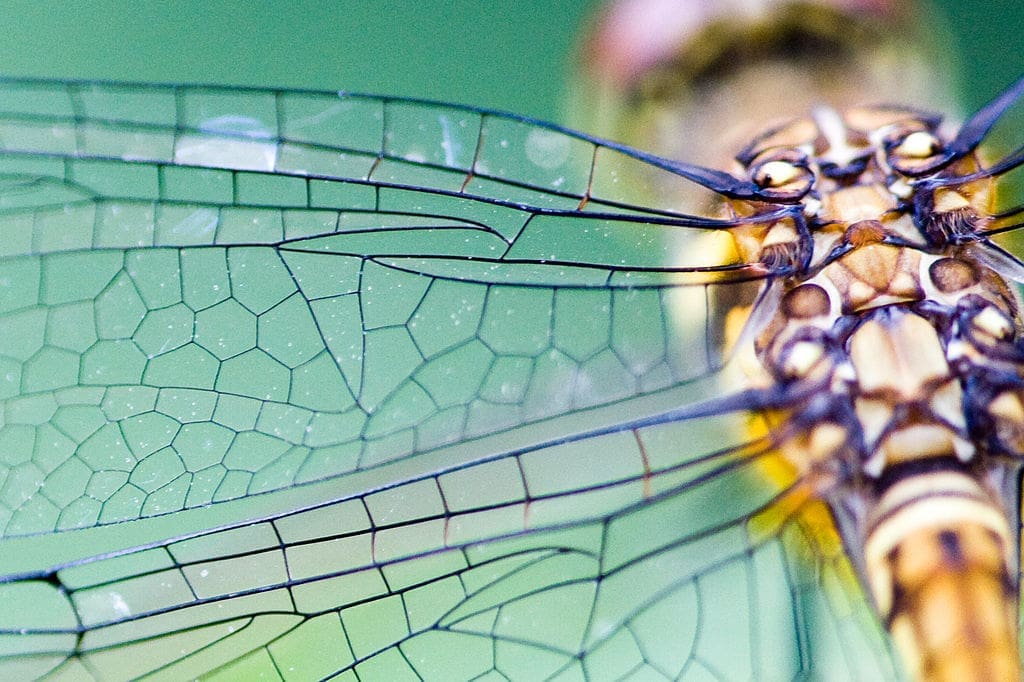What is the second most consumed insect group in the world (by humans) that can build nests with heights up to 9 meters (29.5 feet) and has a symbiotic relationship with fungi?
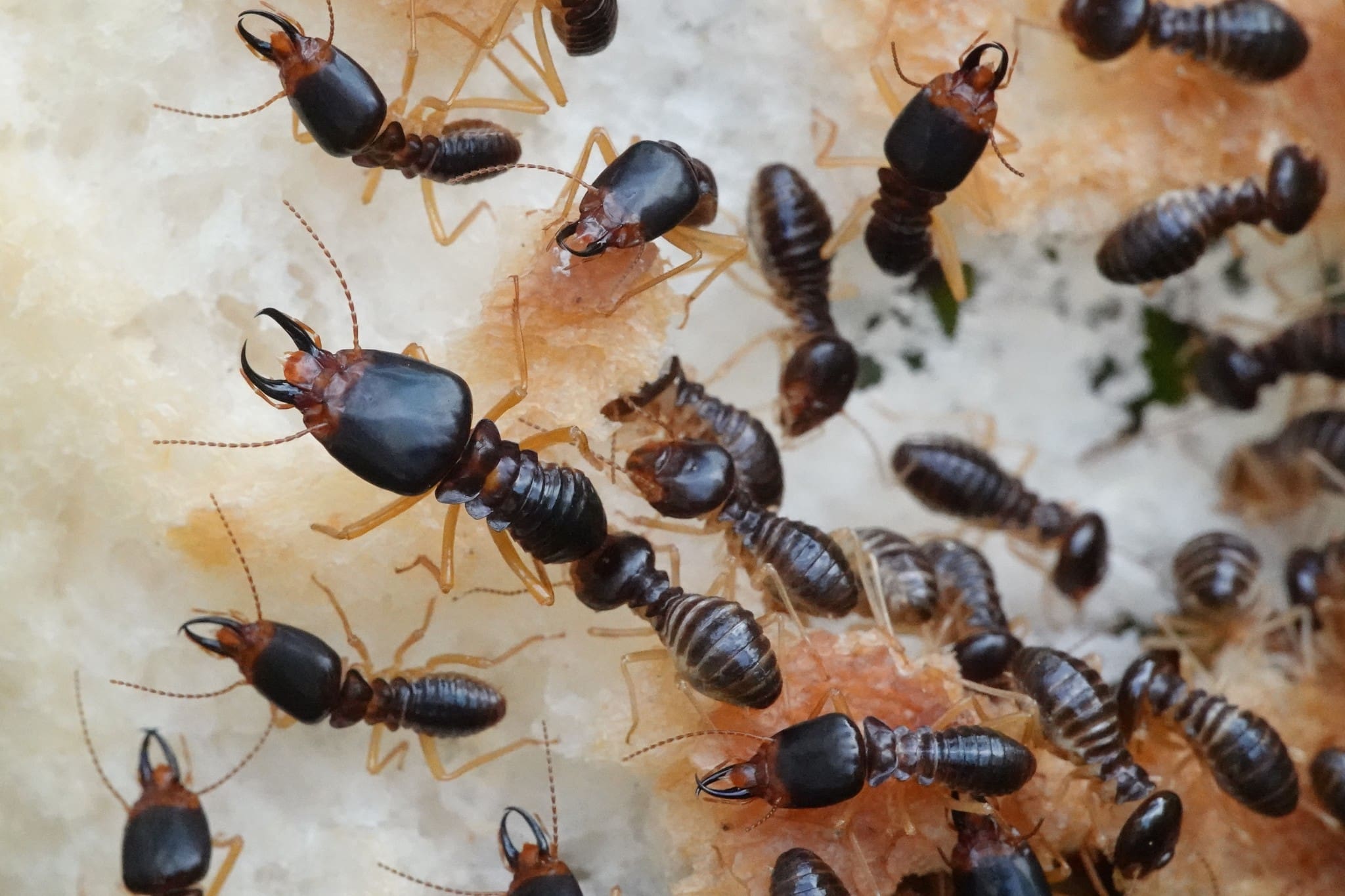
As a featured creature writer for Bio4Climate, I try to read through as many of our published pieces as possible, even those that pre-date my tenure. It’s a tall order, there are so many! Hidden alongside the grand humpback whale, the impressionable Pando, and the beautiful luna moth, I found Fred Jennings’ piece on the zombie ant fungus: an unpleasant looking insect-pathogenic fungus that attaches to ants’ exoskeletons and takes over their bodies from the inside out. It was a little grotesque, a little unsettling, and completely and utterly fascinating.
I’ve been wanting to write about a creature that doesn’t usually make the highlight reel…something easy to overlook, but essential in its own way. My hope is to inspire curiosity (and appreciation) for the parts of nature that don’t always fit our ideas of beauty.
More Than Just Pests
When I think of termites I think about how people, especially homeowners, consider them pests. One of the first links that pops up in an online search for the word termites is the U.S. Environmental Protection Agency’s guide for how to identify and control them. But just as it’s unfair to call sloths lazy simply because they move slowly, it’s unfair to define termites only by their “pest” status. They weren’t ever “pests” until we made them so.
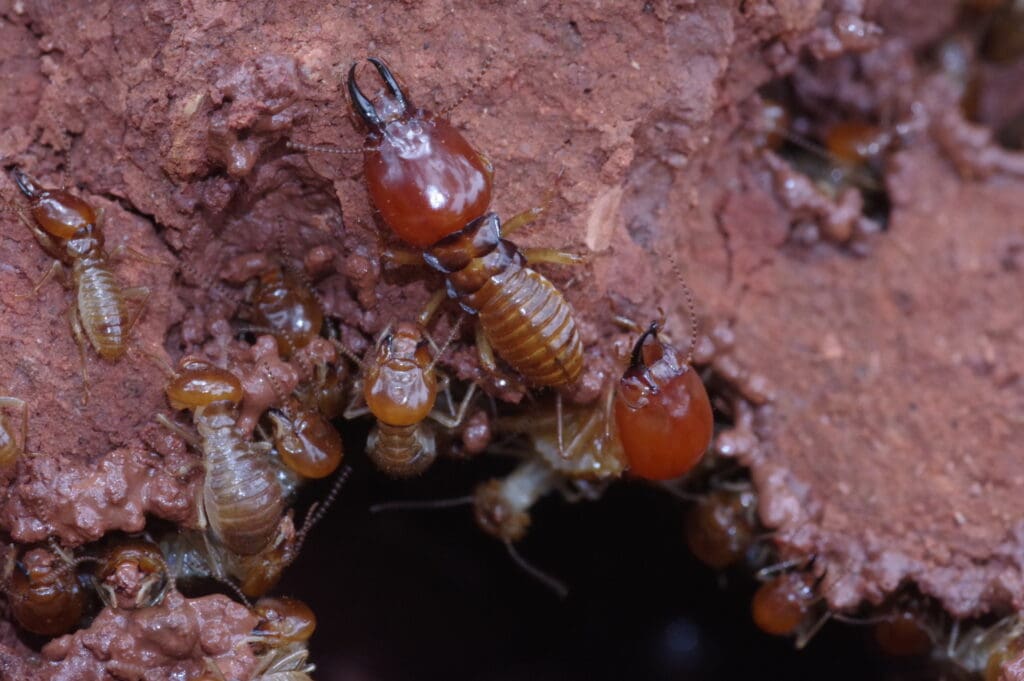
Macrotermes are fungus-growing termites that reside in tropical regions of Africa and Asia. These insects are larger than other common termites, the largest of all 330 species being the Macrotermes bellicosus, with queens reaching over four inches in length! Most of these bugs are dark brown, with some exceptions like the Macrotermes carbonarius, which are entirely black, and the Macrotermes gilvus, which have orange/red-brown heads.
Termites are a valuable part of many ecosystems. Like fungi, bacteria, and detritivores like millipedes, they decompose dead plant material, modifying the physical and chemical distribution of the soil. Creatures like termites restore soil that’s been degraded and play a key role in cellulose recycling, breaking down plants, wood, and paper into smaller molecules other organisms can use, and returning nutrients to the ecosystem. But, these termites are pretty special for a reason other than their role as ecosystem engineers.
Teamwork Makes the Colony Work
Macrotermes thrive thanks to teamwork, and a symbiotic partnership with a fungus that shares their life cycle. It’s remarkable that these termites (just like other creature populations) cooperate so well in such large numbers. Macrotermes colonies have a highly organized social system in which each insect has a role that makes life efficient and successful: workers gather food and build and maintain the nest/mound, soldiers use their strong jaws to protect the colony from predators like ants, and the queen and king reproduce. This social complexity is mirrored by the colony’s architecture.
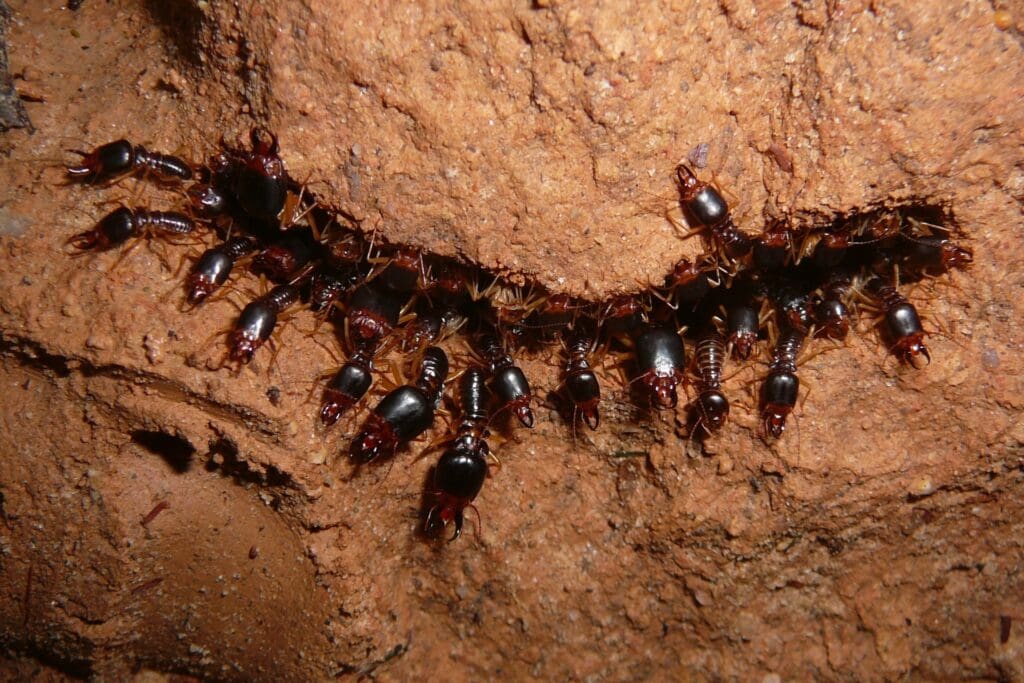
Termite mounds aren’t just shelters, they’re marvels of natural engineering. Built with purpose, these architectural feats regulate temperature and humidity to create the ideal environment for the termite’s fungal partner, Termitomyces, to grow. After foraging for wood or dead plant material, Macrotermes workers masticate and deposit it in chambers inside their nest, producing the perfect substrate for fungus to grow into a comb. Macrotermes cultivate these fungus gardens and feed on them while the fungus degrades plant material, resulting in a continuous supply of food for the termites. To stimulate the right conditions for Termitomyces to grow, macrotermes build their nests with air ducts and ventilation systems. As the fungus produces heat in the nest, workers can open or block individual tunnels that lead to the surface to regulate temperature and humidity. These structures are built to various heights, with some only one foot tall while exceptional ones can rise more than 30 feet.
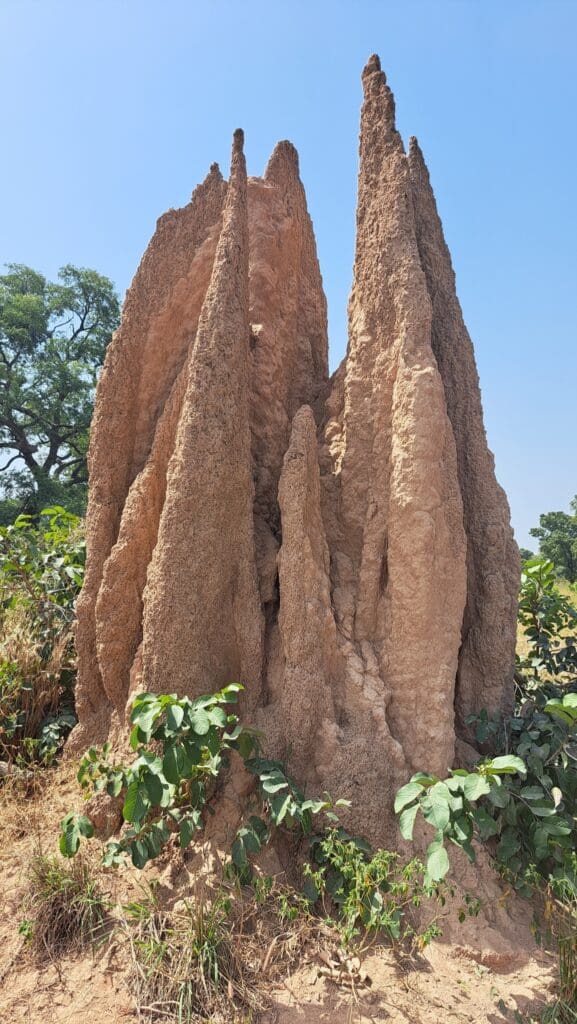
(Image Credit: Gabriel Leite via iNaturalist (CC-BY-NC))
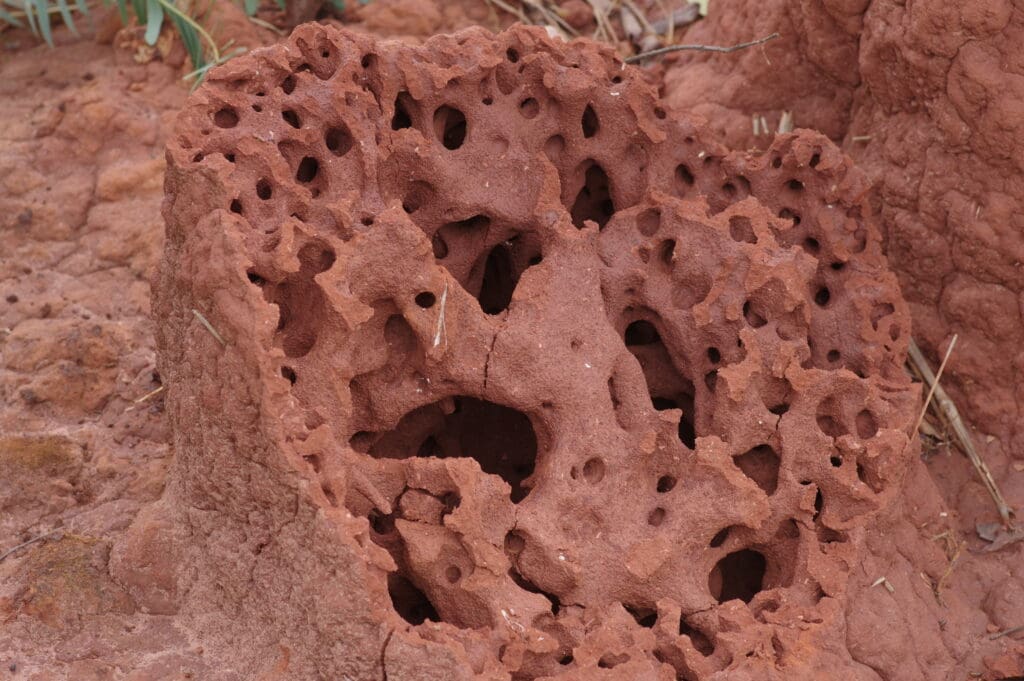
(Image Credit: Craig Peter via iNaturalist (CC-BY-NC)
Macrotermes and Humans
Macrotermes termites are an important edible insect widely consumed throughout Africa, along with their fungus gardens. People use the bugs, mushrooms, and termite soil in medicinal practices. The soil can be used as fertilizer or as building material to make bricks and plaster houses. These insects are also used as bait and feed for livestock. Alongside these uses, macrotermes termites have a role in superstitious beliefs, their nests serving as burying places associated with the spiritual world.
Outside their habitat in urban environments, most macrotermes are unable to survive, so they aren’t considered pests like other termites because they don’t cause as much damage to wood structures like homes and buildings. In contrast, macrotermes can pose threats to agriculture by directly consuming crops, roots, and stems of plants. But, like nearly every other creature in the natural world, these bugs don’t live without some challenges of their own.
The largest threat to termites is changes in land use; particularly transitions to organized orchards and more intensified agricultural practices. As ecosystem engineers that contribute directly to the nutrient makeup of the soil in their ecosystem, the changes in land use can have damaging effects on the landscape and organisms throughout the food cycle.
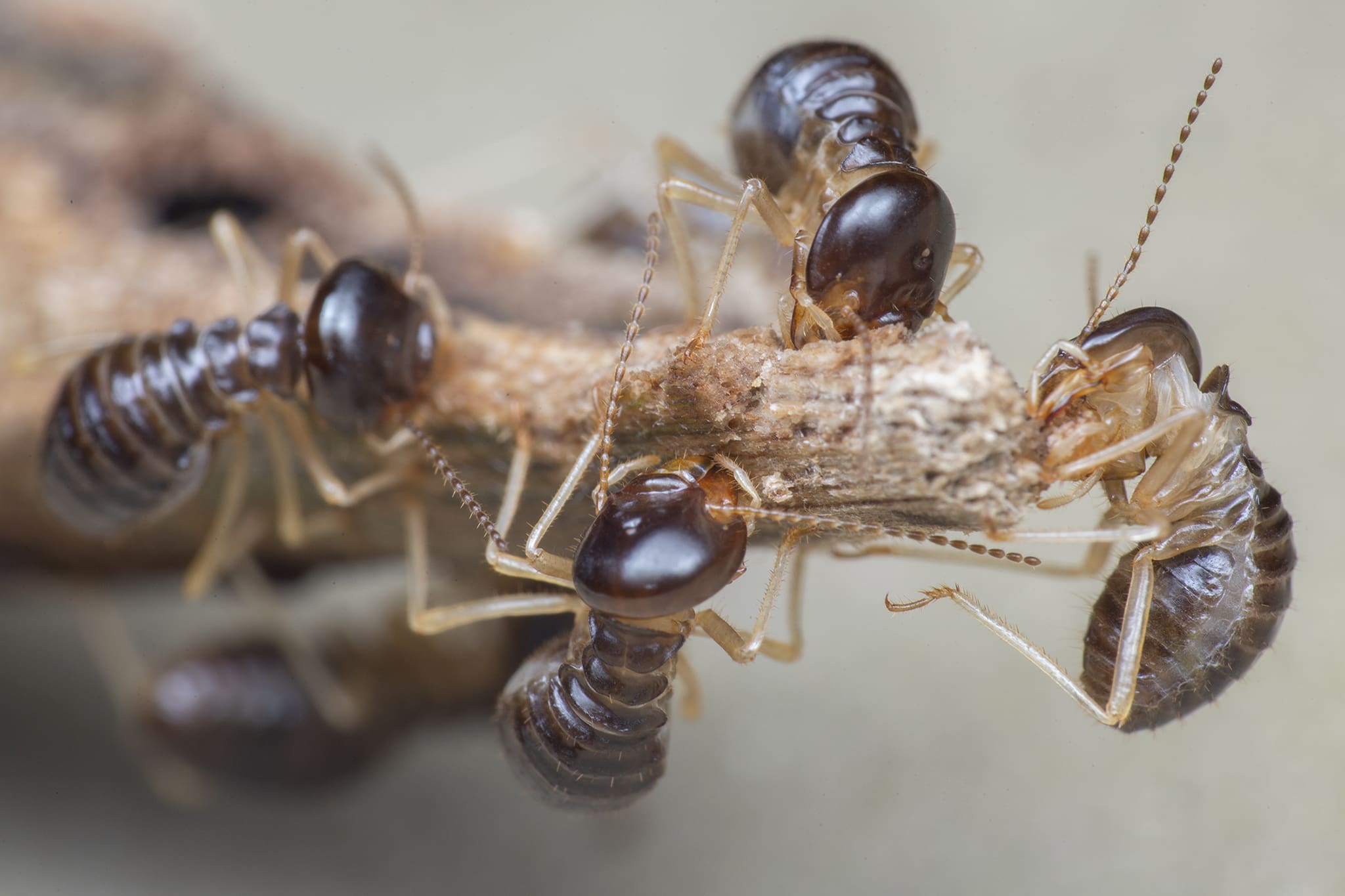
Nature deserves to be seen in its full complexity, not just through the lens of what we find beautiful, helpful, scary, or annoying. When we only celebrate the vibrant colors, graceful shapes, or soothing sounds, we risk overlooking the strange, the hidden, and the essential.

Abigail Gipson is an environmental advocate with a bachelor’s degree in humanitarian studies from Fordham University. Working to protect the natural world and its inhabitants, Abigail is specifically interested in environmental protection, ecosystem-based adaptation, and the intersection of climate change with human rights and animal welfare. She loves autumn, reading, and gardening.
Dig Deeper
- The Macrotermes termites
- Genus Macrotermes · iNaturalist
- Overview of the Genetic Diversity of African Macrotermes (Termitidae: Macrotermitinae) and Implications for Taxonomy, Ecology and Food Science – PMC
- Termitomyces fungus combs—formation, structure, and functional aspects – ScienceDirect (PDF) Cultural significance of termites in sub-Saharan Africa

